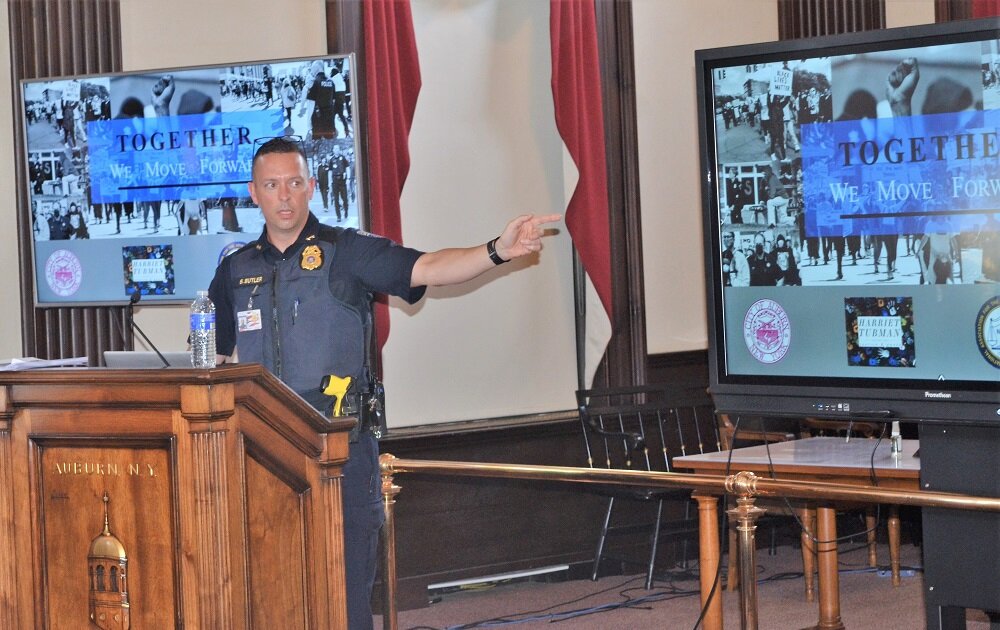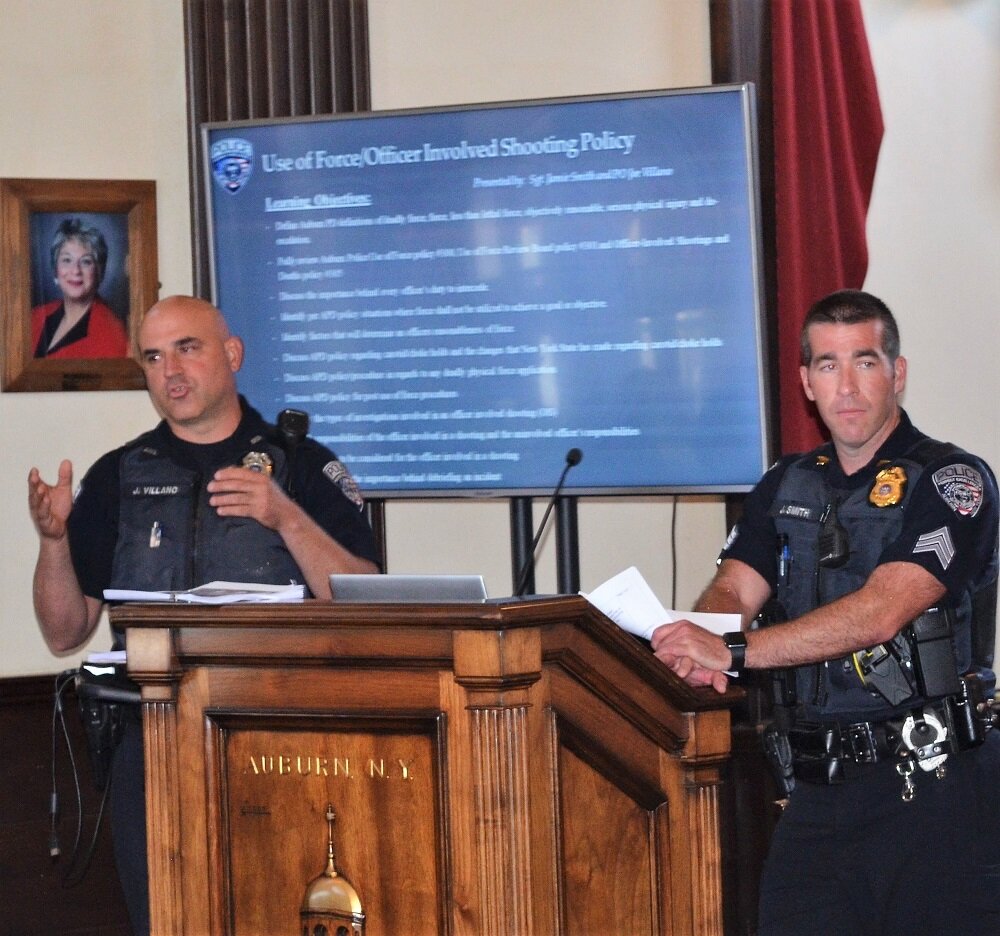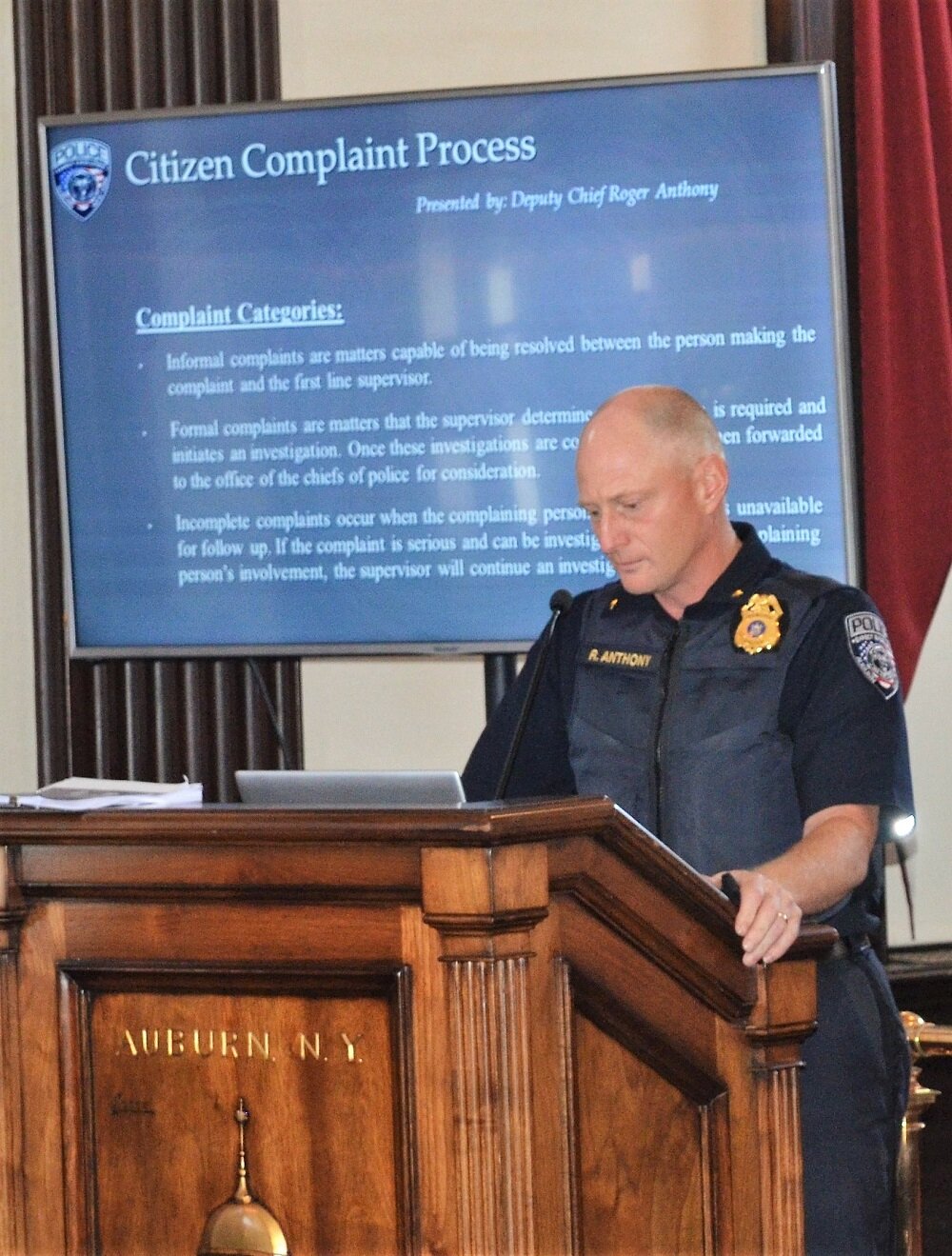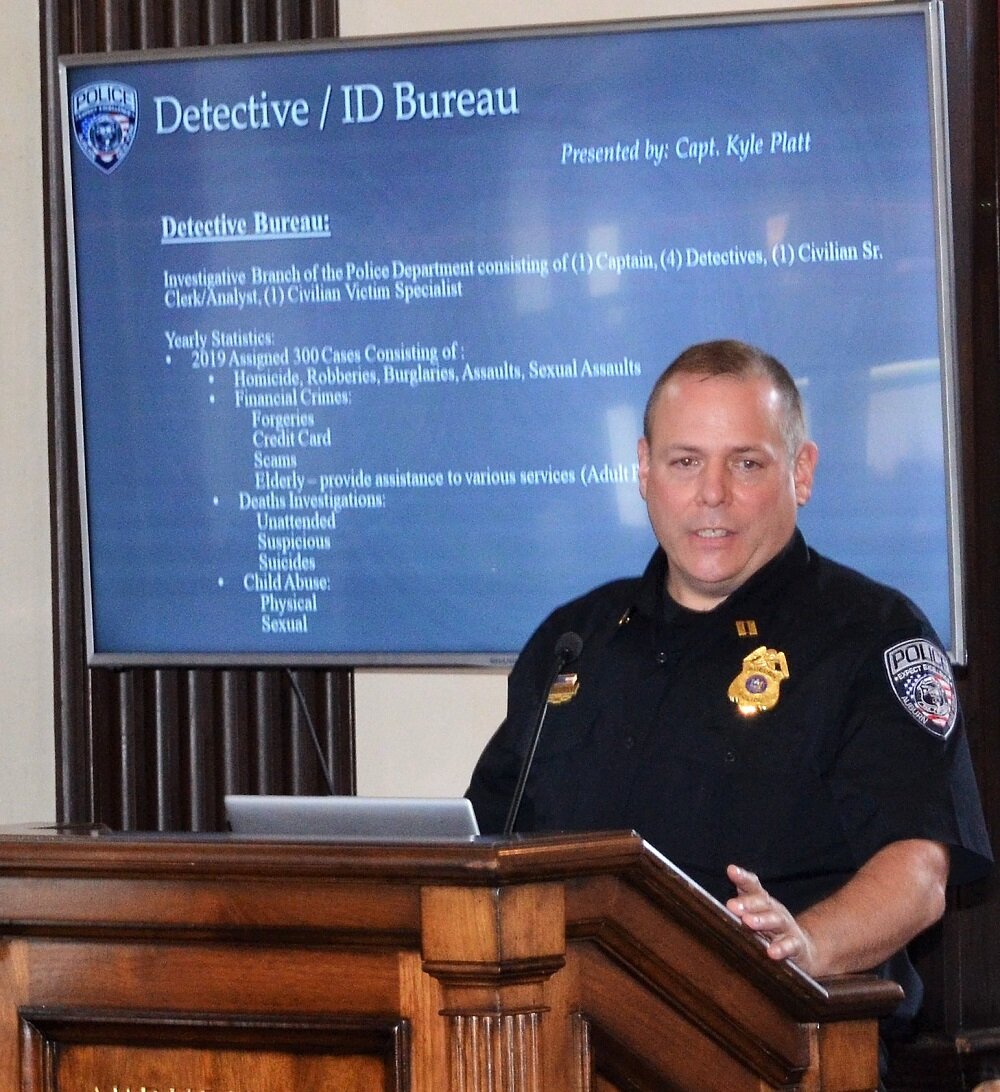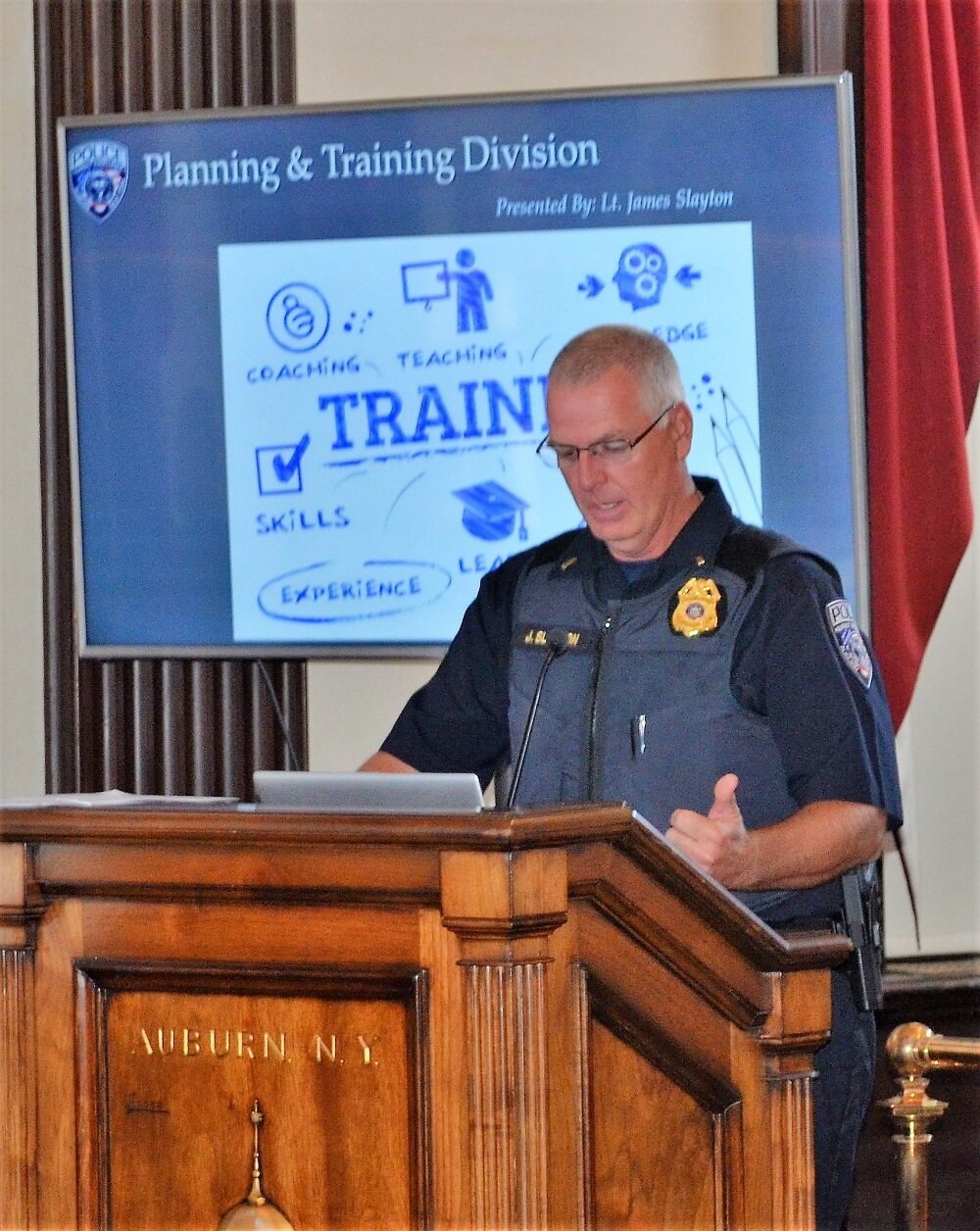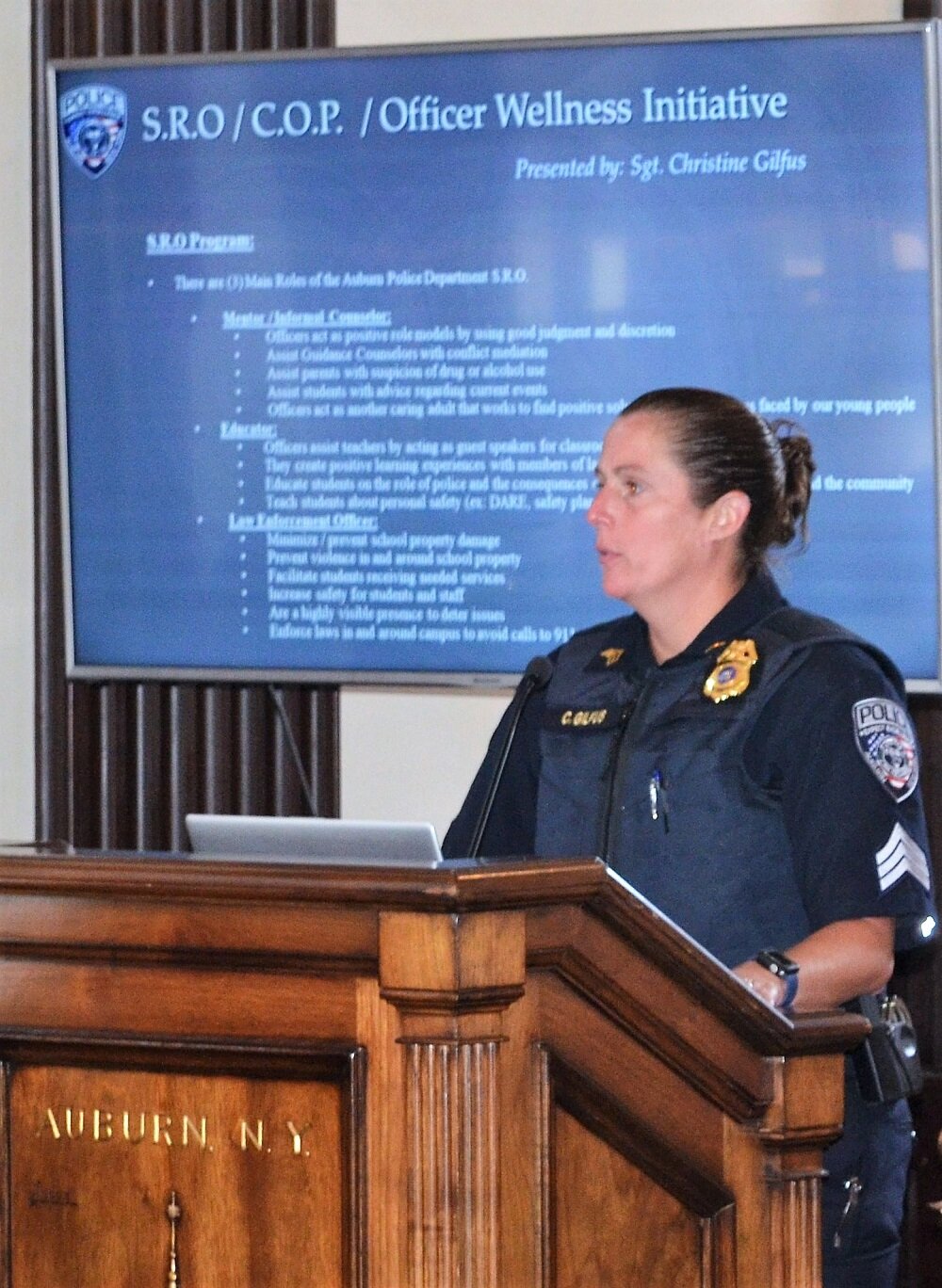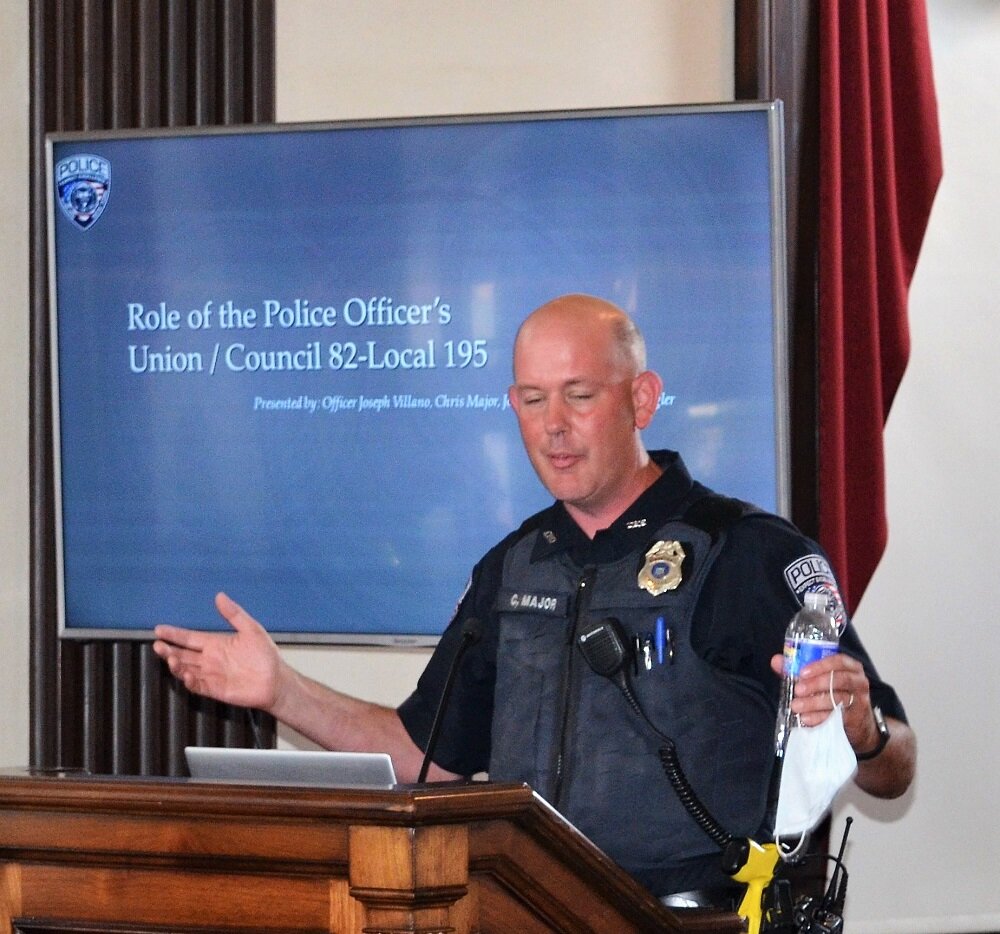First twenty minutes in the car, one domestic violence incident was broadcast. We drove past that residence after observing that there were already two patrol cars at the scene. We then drove to the downtown parking garage where an older seventy-ish lady had her unlocked car broken into and fifty dollars stolen.
From there....
There was the report of a woman in camo pants acting up near the Quik Fill gas station on West Genesee Street. She was aimlessly wandering in the street in the midst of traffic, an unsafe situation. Possibly under the influence, this woman was with a male who was adversarial but did not disrupt the police involvement. With her identity finally known, even as she claimed a different name, it was then confirmed that a bench warrant for her arrest was still active. The woman was handcuffed, the first such procedure I ever witnessed, and then put in the back of the car where I sat directly in front. Even with the separation of the crisscrossed protective bars, my heartbeat quickened, and I wondered what would happen next. She appeared despondent and quietly out of it. Her demeanor did not lessen my anxiety.
We went to the APD for processing and initial medical screening by fire department personnel. The woman claimed to be nauseous, and not feeling well. She admitted to using and being tripped up on "Molly." The Auburn Fire Department conducted a preliminary medical evaluation when four firemen arrived with their medical assessment equipment. An ambulance was called. This woman was then transported to Auburn Memorial Hospital always with two officers accompanying her. While bill was with another officer in a separate patrol vehicle, we “stood guard” with the officers until almost 7PM when it was medically deemed that she did not need to be hospitalized. Upon discharge from ACH, we drove to the county jail to "check her in" for processing.
WHAT A NIGHT!
I survived. I am haunted by the apprehended woman, her glassy, empty eyes and missing front teeth with other toothless spaces. This was my first experience seeing someone totally tripped out on drugs. She was somewhat an example of the walking dead... a zombie….what you see viscerally in movies; but this was the tragedy of real-life addiction. A life being slowly sapped. It was so incredibly sad. But never once was she demeaned or disrespected by the officers or any other “first responder.” They gave her a semblance of dignity.
I had some great conversation with the officers, especially my officer regarding what it is like to be a female police officer. She loves her job, clearly. Finding balance is key for her. When she leaves duty, she uses her drive home as an opportunity to decompress, where she is finally able to let some things go as she is greeted by her dog and that makes everything alright. When she removes her uniform and is no longer “Officer so and so, she is just who she is as a person. (That's what she said to me... really great conversation; to see her as an individual and not the uniform or the job.)
We also talked about pushups.... that it is hard for a woman to do pushups because we are not built that way. The vest, which weighs almost 25 pounds, and then the belt with all the police paraphernalia adds more weight. (It is not a job for everyone.)
So, do not underestimate a female officer who responds. She is focused, ready and equipped to be a police officer and handle a variety of situations to deescalate and shift the dynamics of troublesome situations.
It is that simple.
* * *
The APD officers through quiet moments of reflection, their professional stance when confronting a situation, and sharing unbiased and unscripted answers to questions they may have heard a thousand times from others made us feel (as separated individuals) like this was the first time hearing such questions. And while in separate cars, when Lisa and I shared take-aways, we assessed that both officers were proud to be members of a profession that continually seeks to serve the common good and ensure public safety.
We thank these officers for their patience in answering questions and giving us the opportunity to better understand their job. Bottom line? We would need a week of ride-a longs to fully comprehend what officers do since no ride along is the same or can be predicted as to what may come over the dispatcher’s broadcasts.
The bottom line?
Police work is complex and fraught with the extraordinary demands of accountability and public expectations for fairness and equal treatment.
Some departments leave a lot to be desired.
Some departments make the effort every day to have patrol officers, command staff and administrative leadership embody their oath of office…”to serve and protect.”
An Auburn Police Department Ride-A-Long may not be the preferred option for some of us, the way we want to use our free-time. However, is it worth the effort?
Bottom Line?
Yes. Period. Yes.
Lisa and I appreciated the officers’ time, as well as Chief Butler and Lieutenant Slayton for their arrangements and ongoing willingness to enable the general public to have opportunities to enter their world, see what they do, and have your own take-aways. Everyone at APD, especially the officers who had us as tag alongs, lessened the trepidation and anxiety while they opened their world to us. Their gesture was heartily appreciated.
Thank you.
bill berry, jr., chair, HTCJP
Lisa A. Brennan, secretary, HTCJP
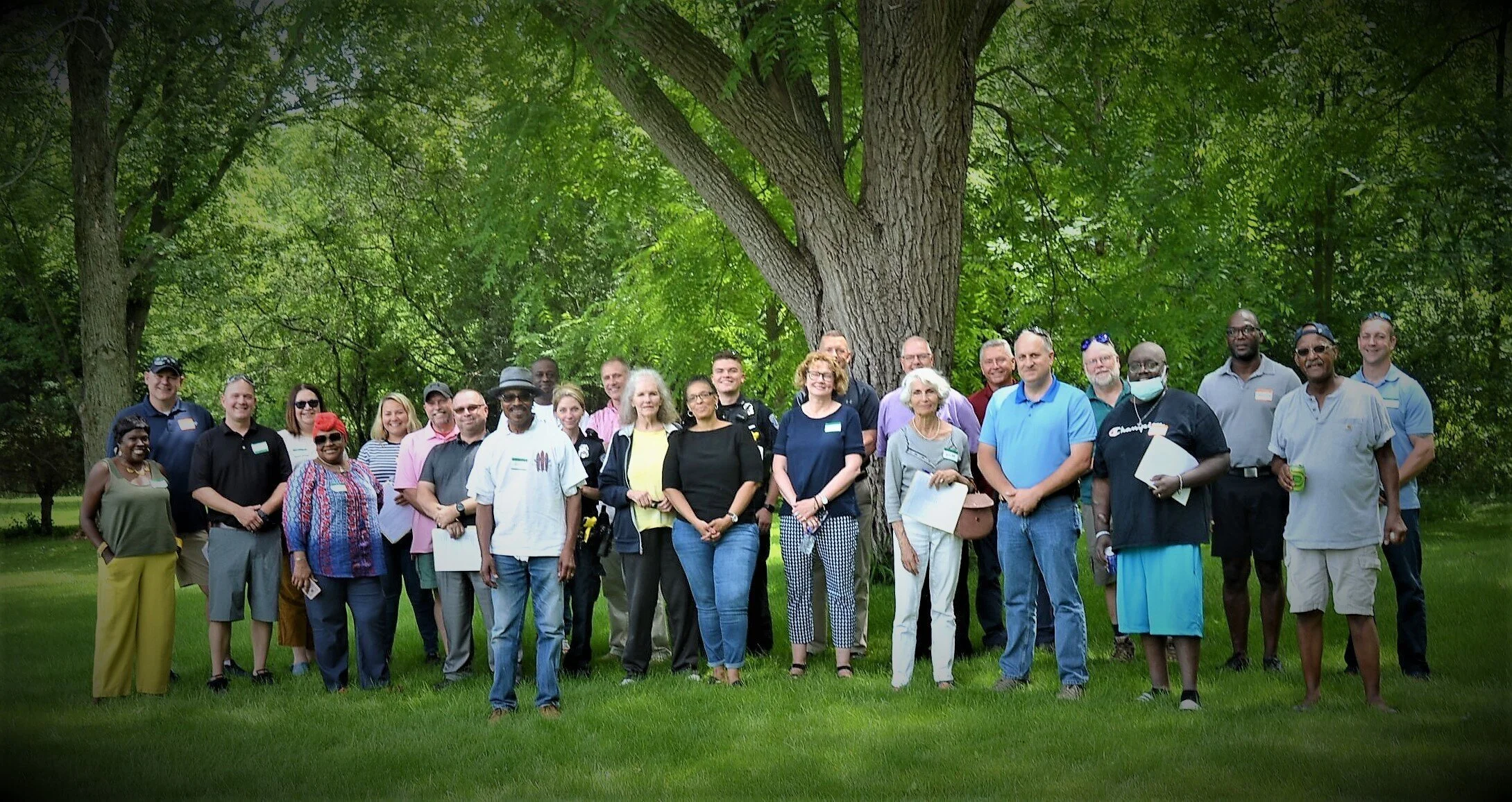



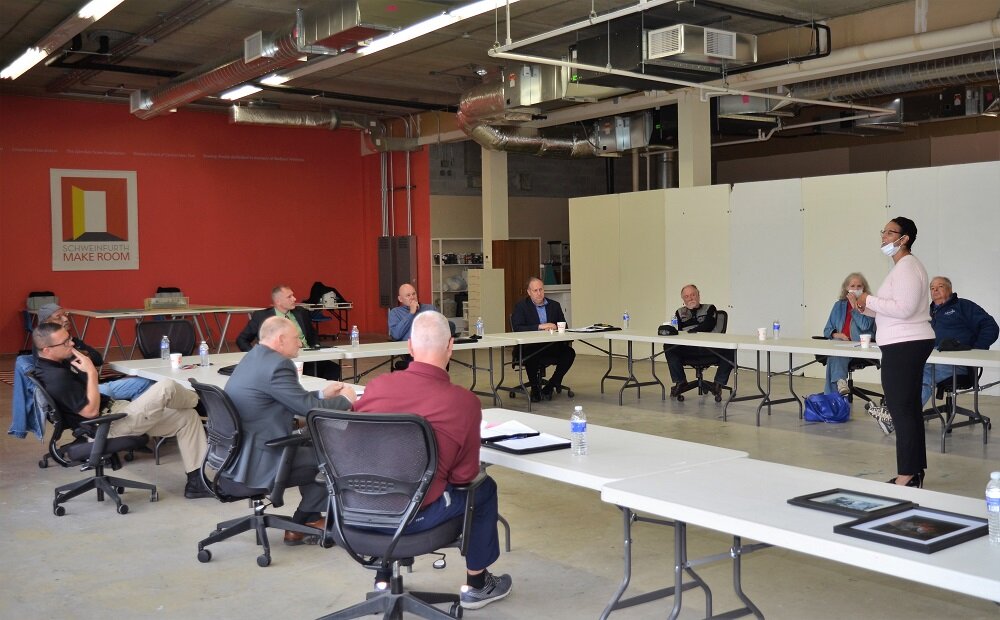
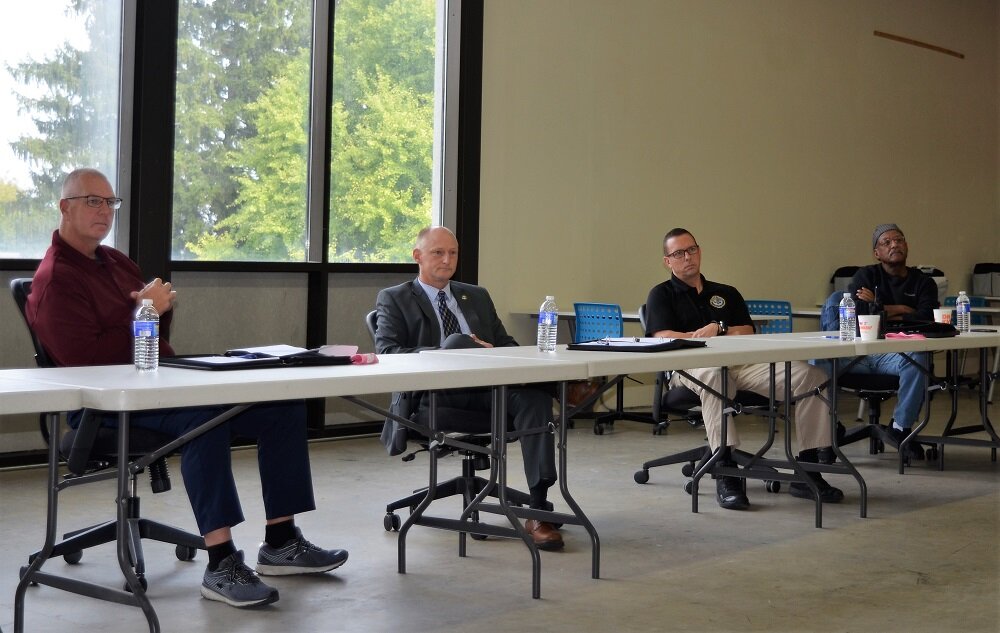
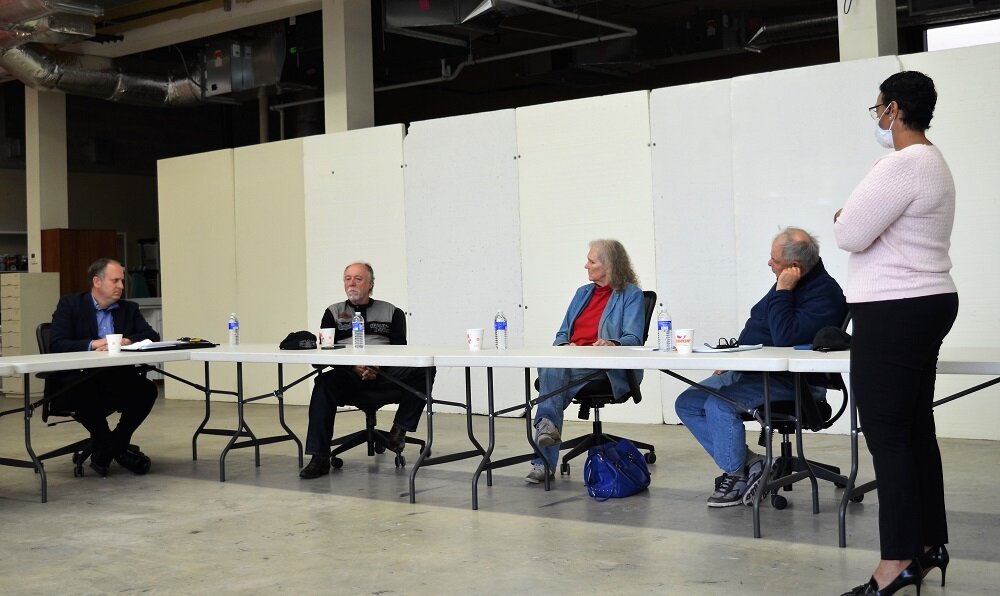
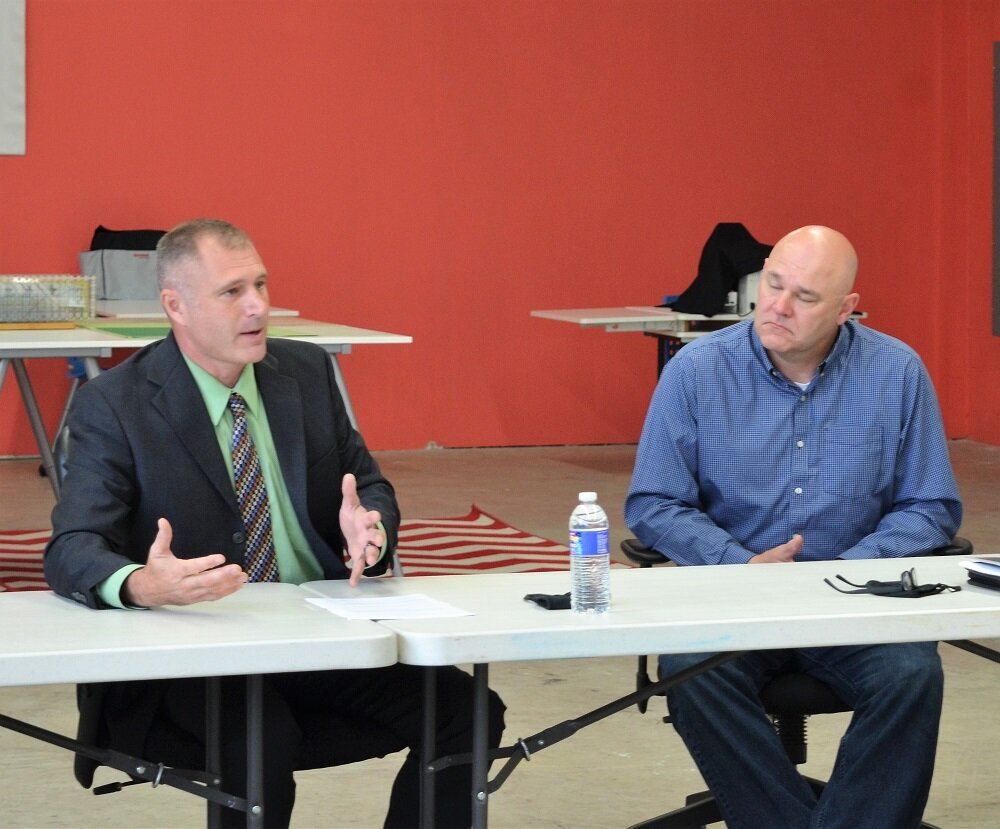
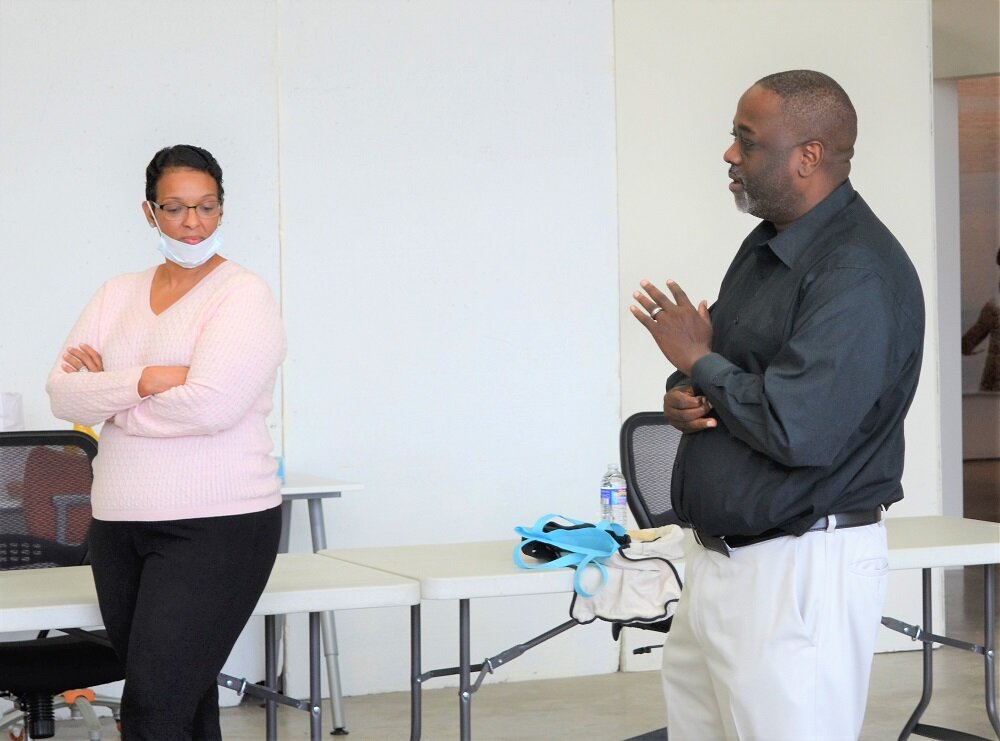
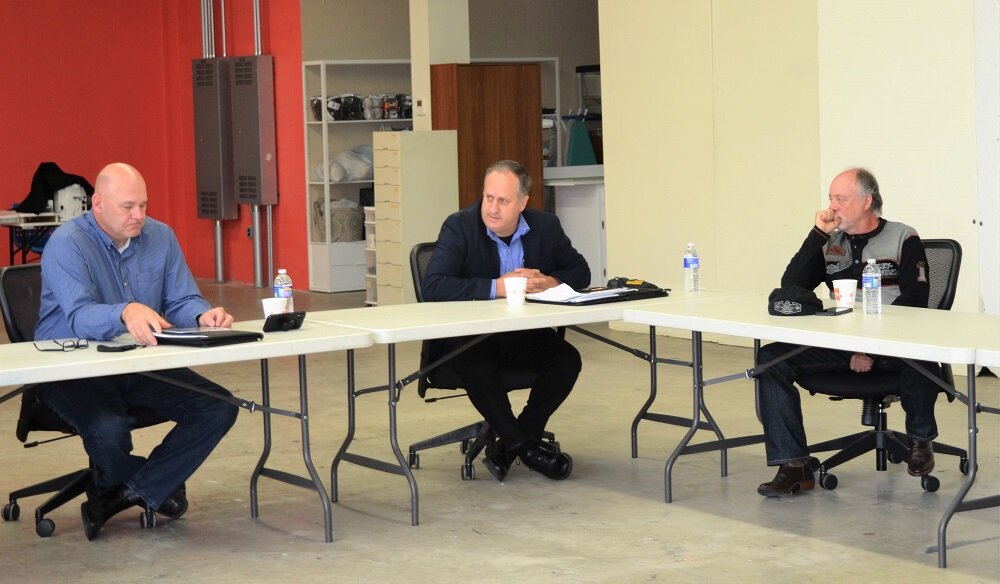
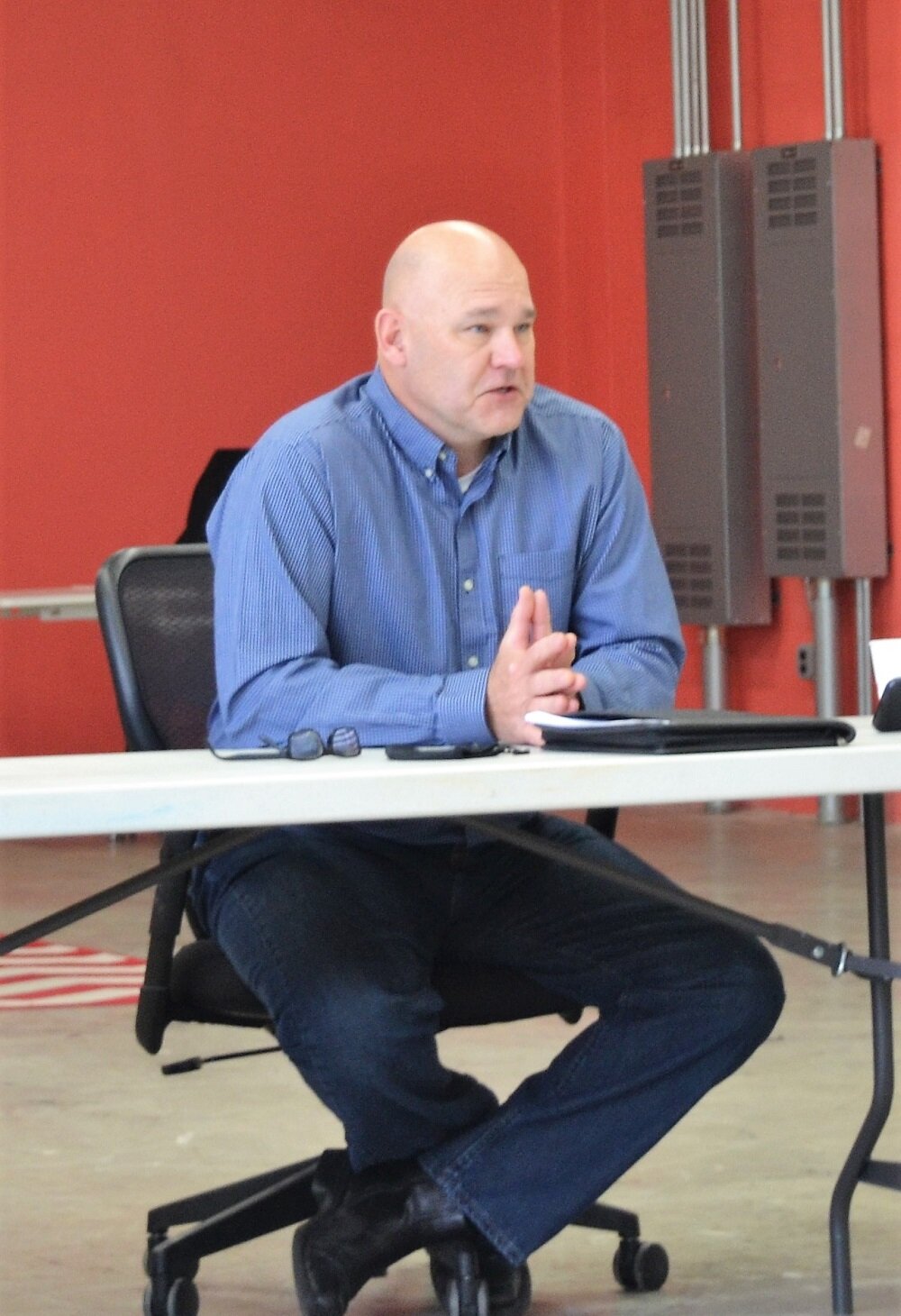
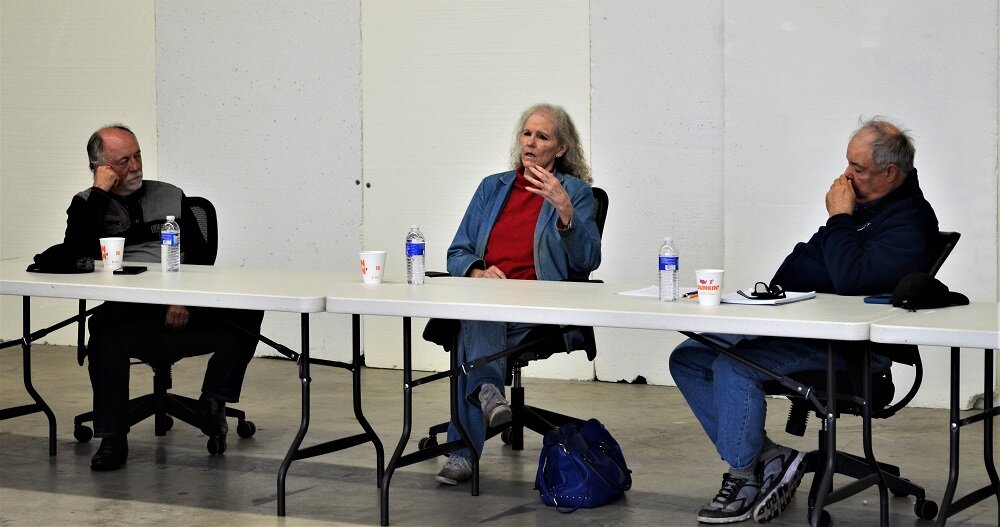
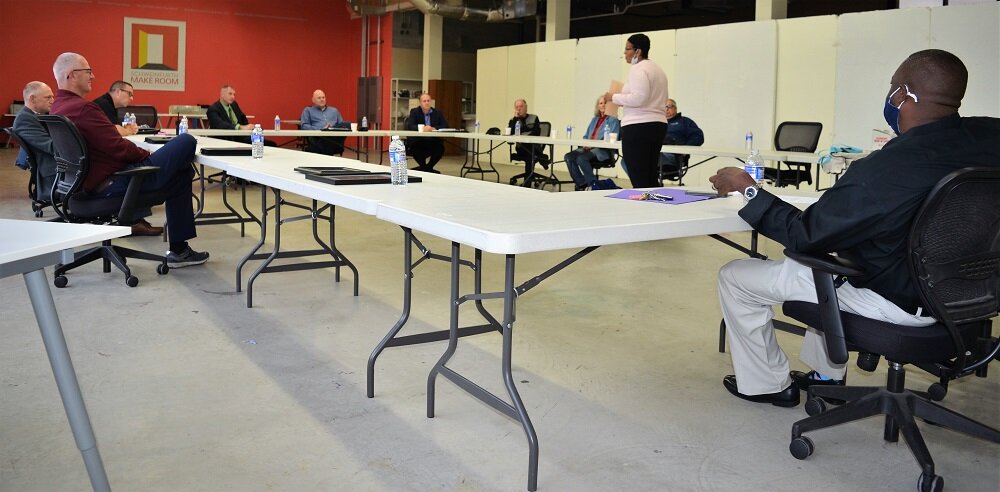
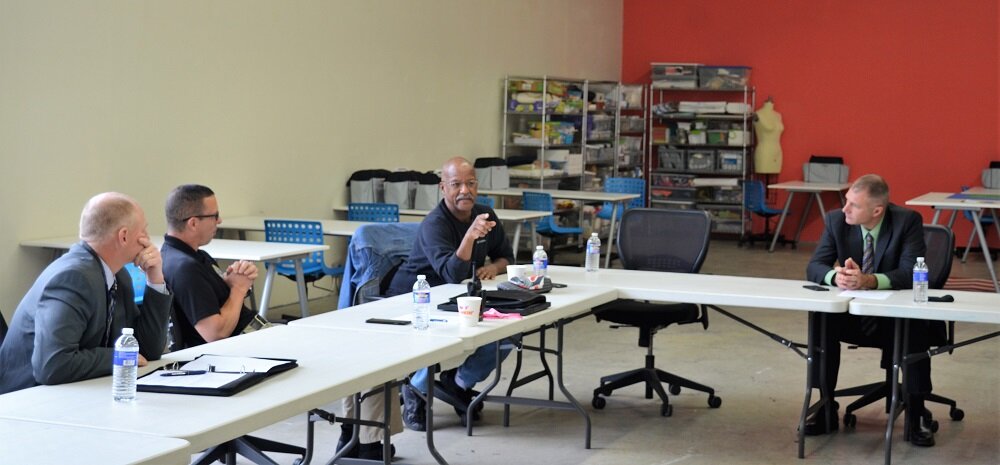
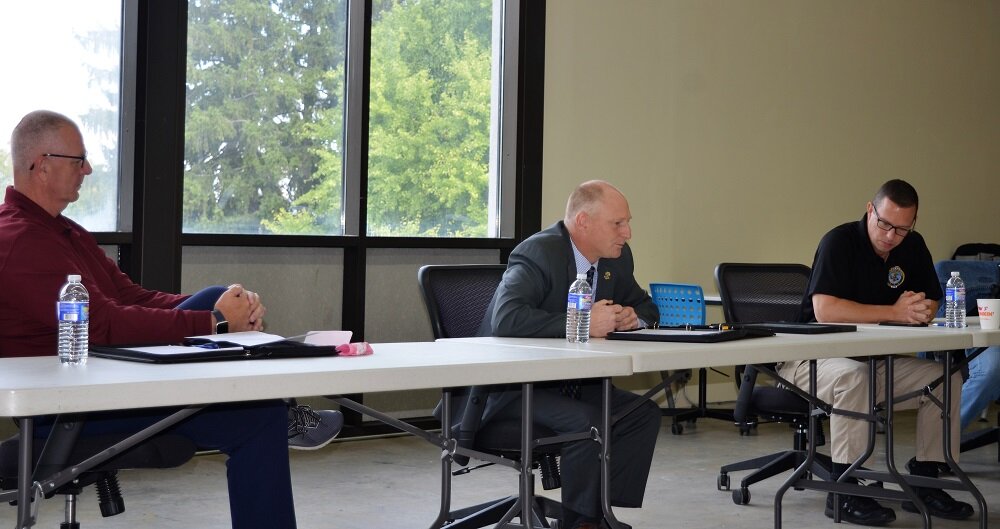
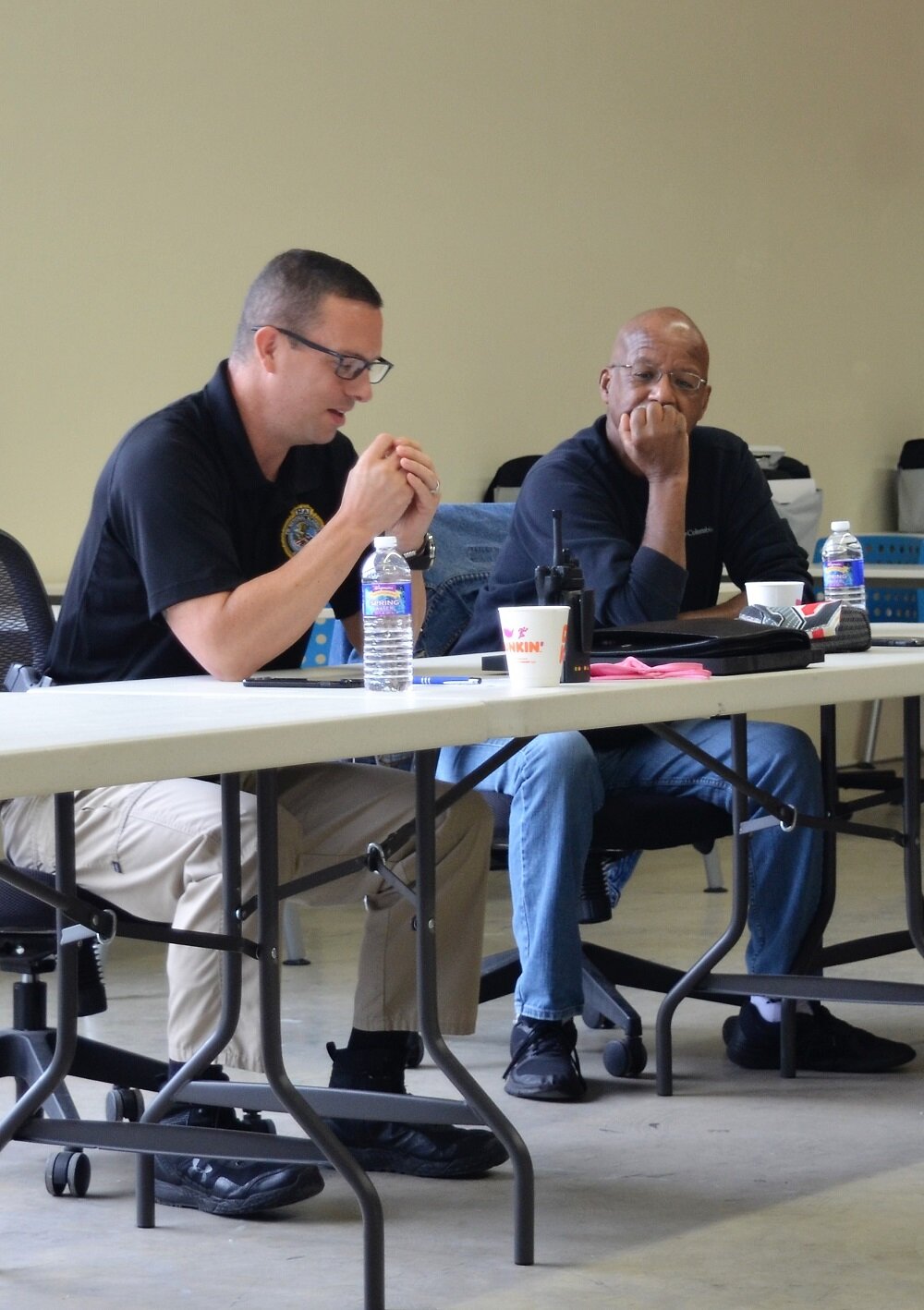

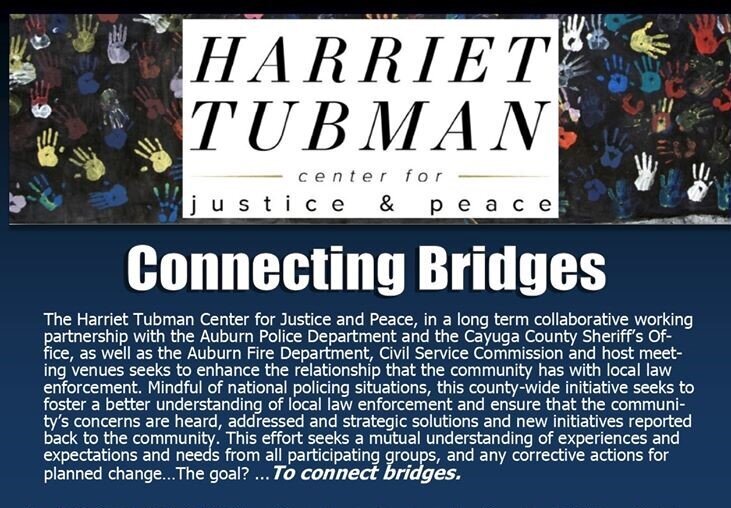






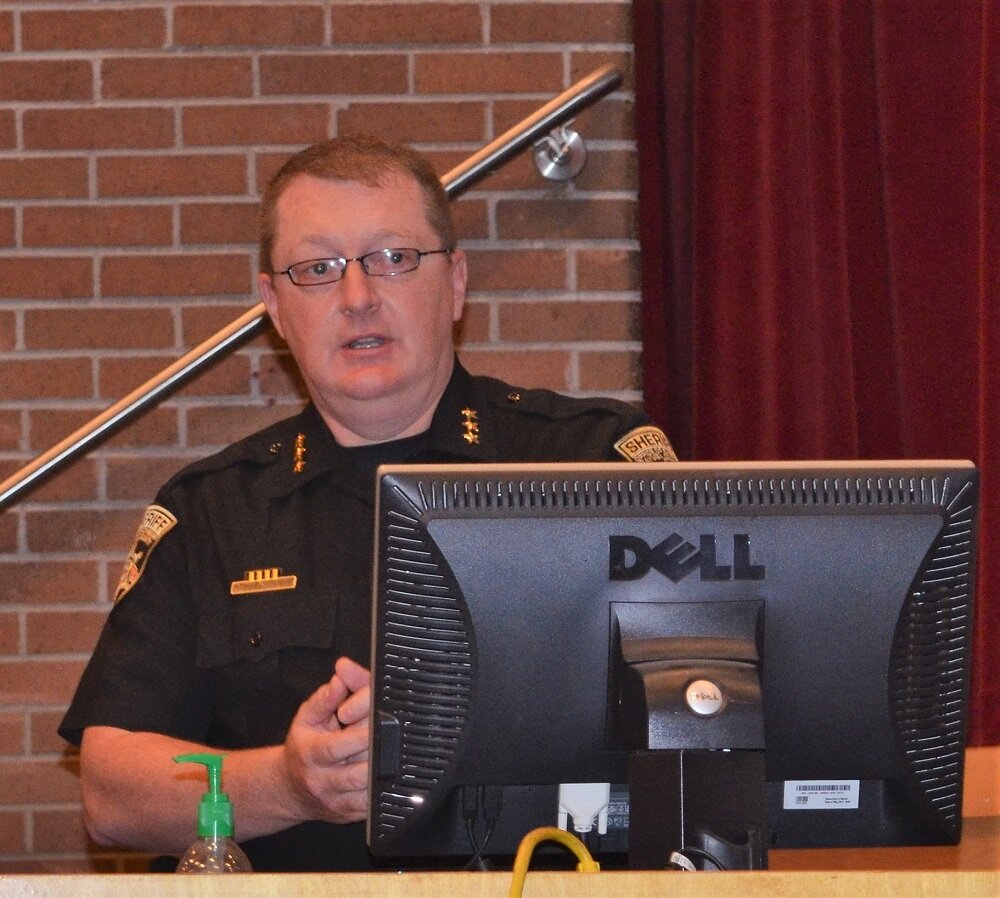
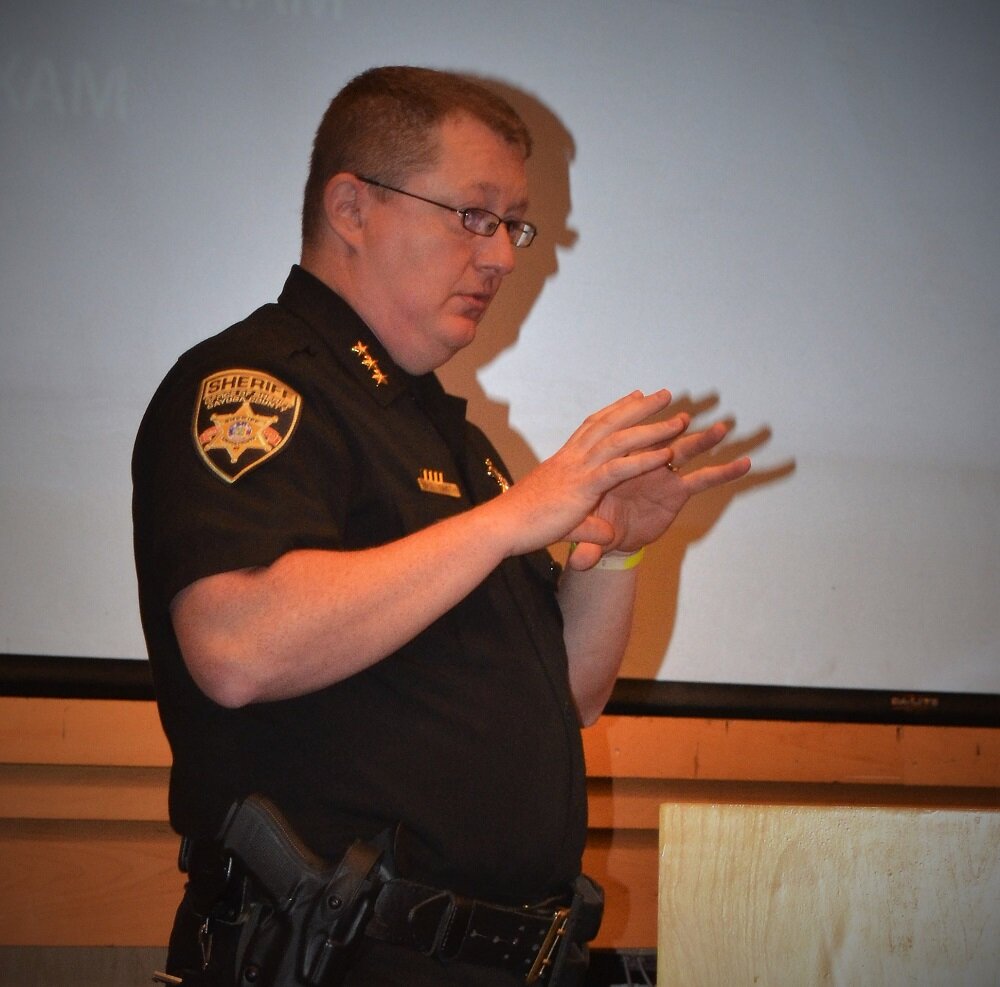
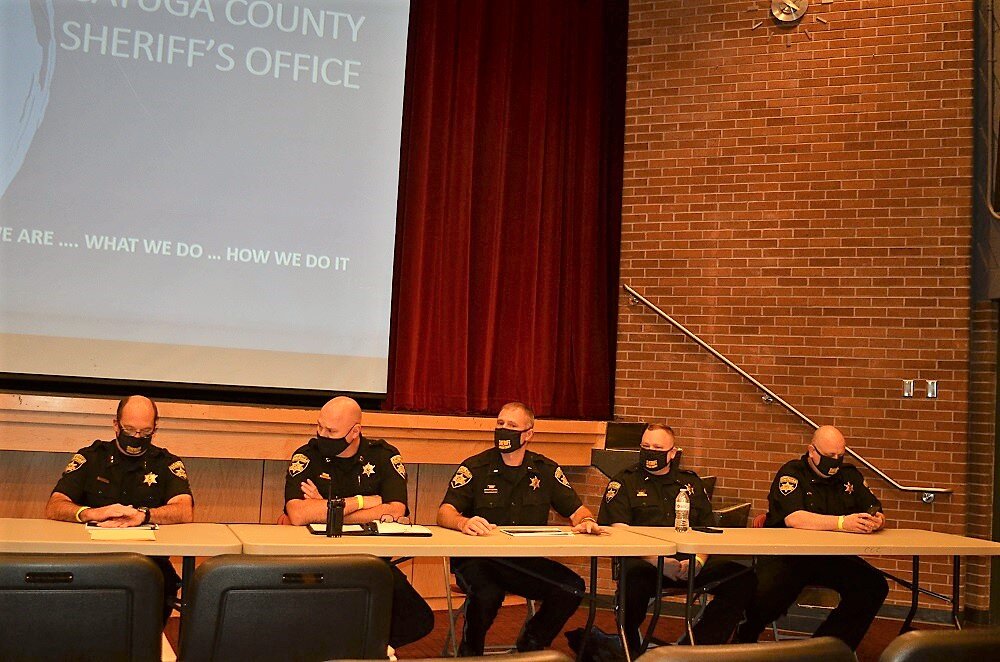
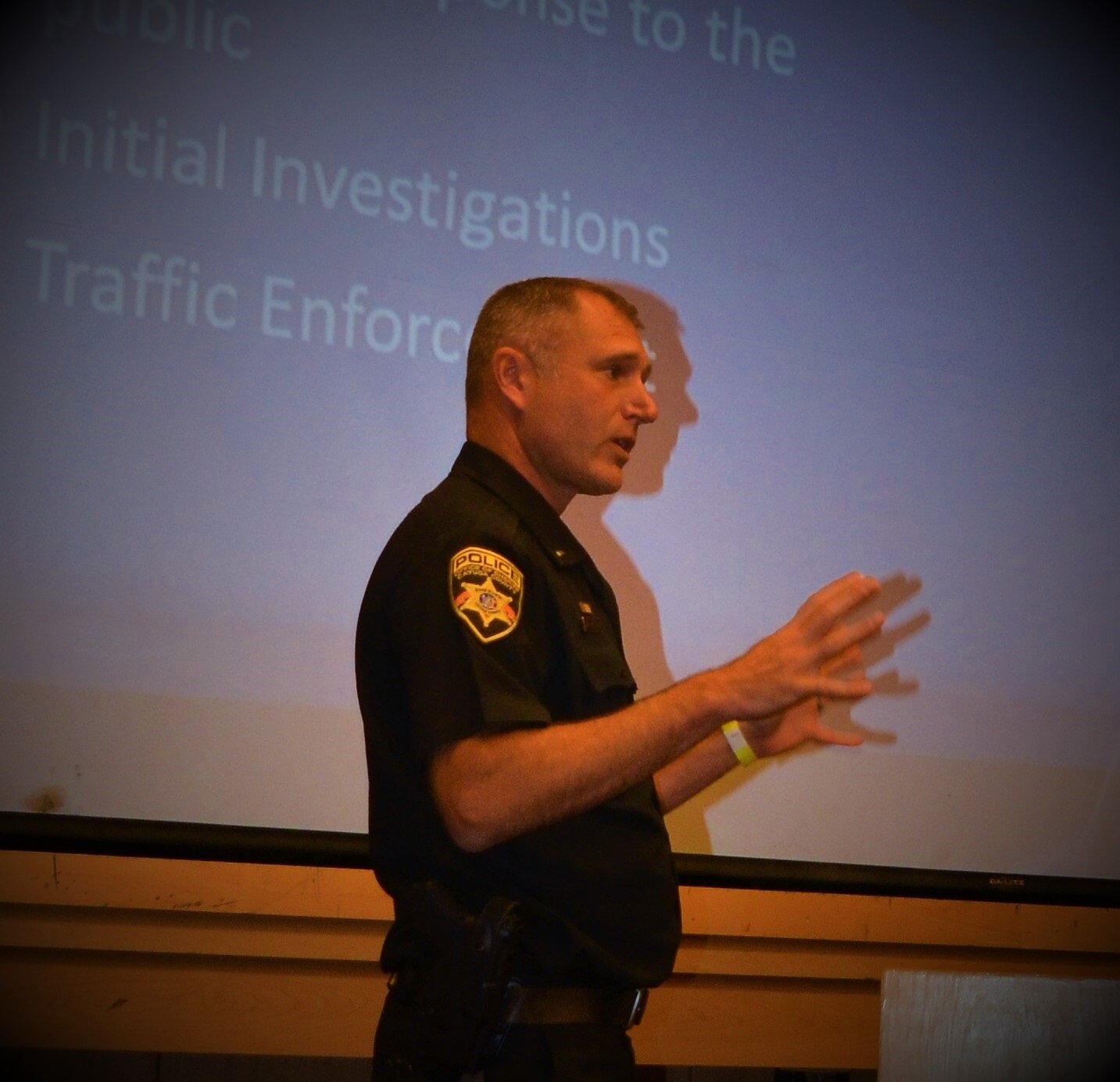
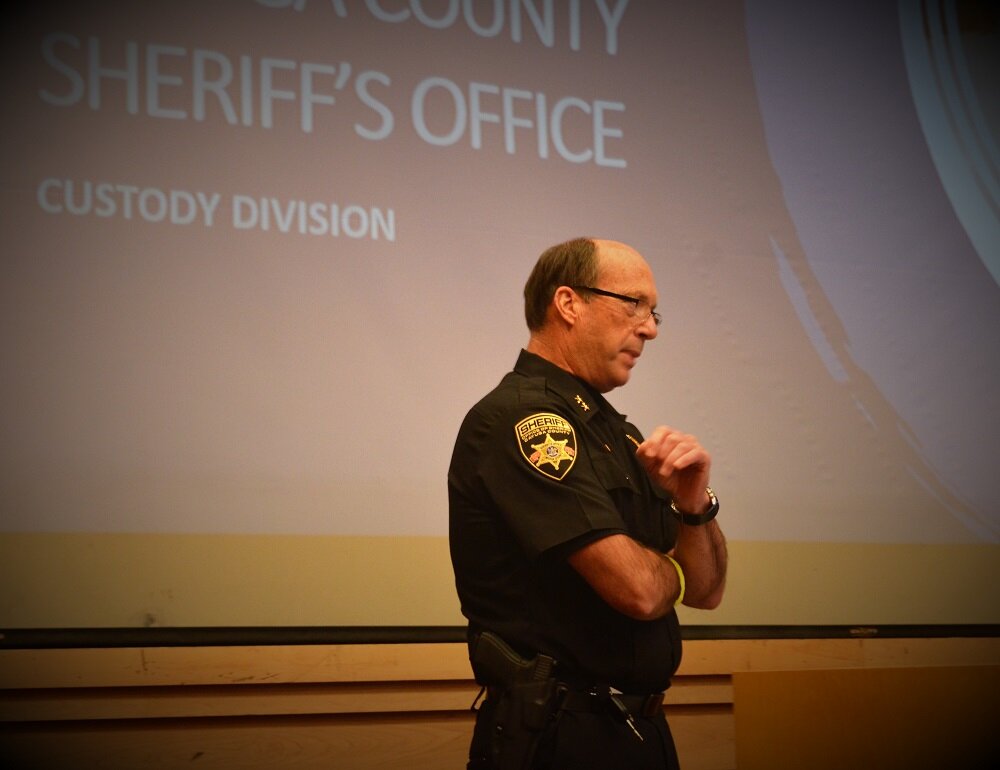
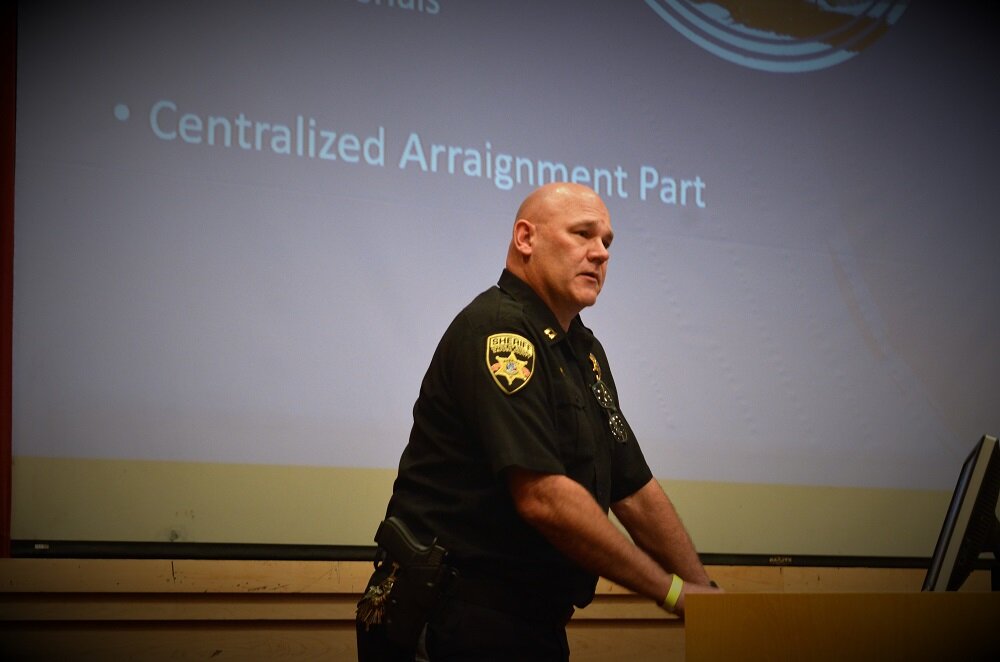
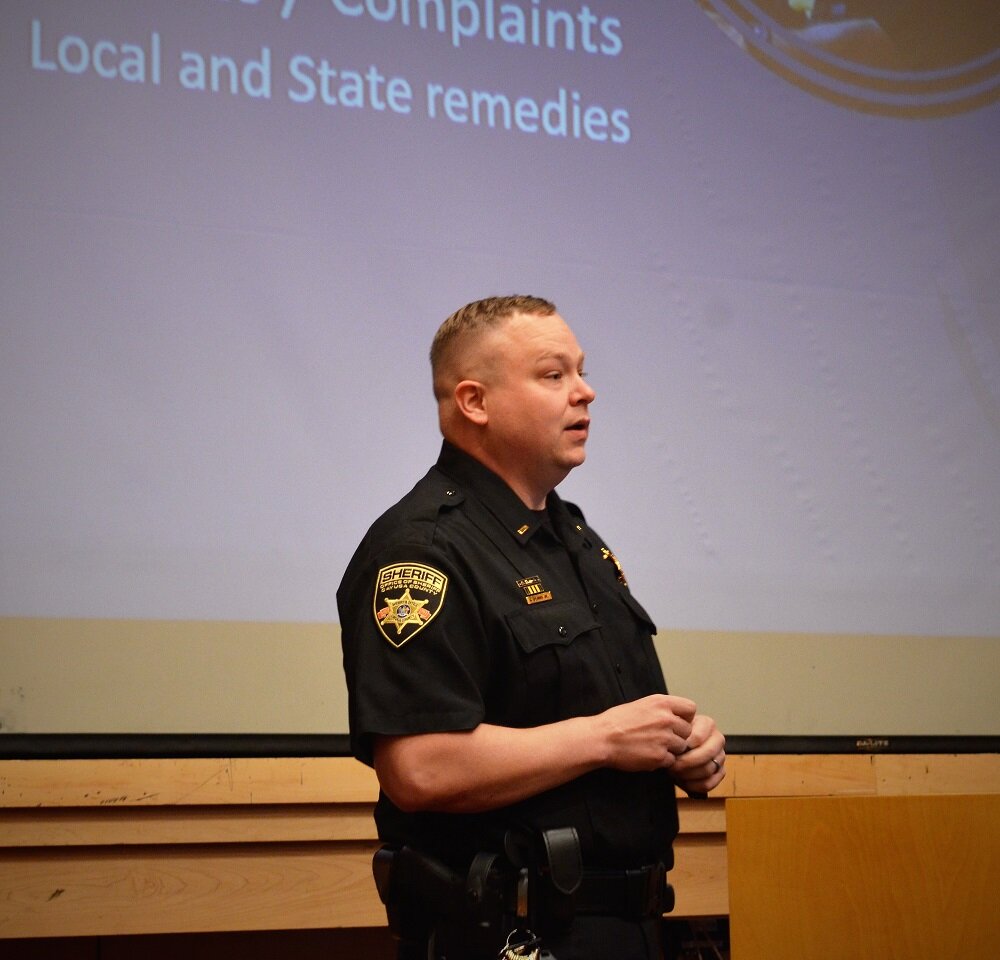
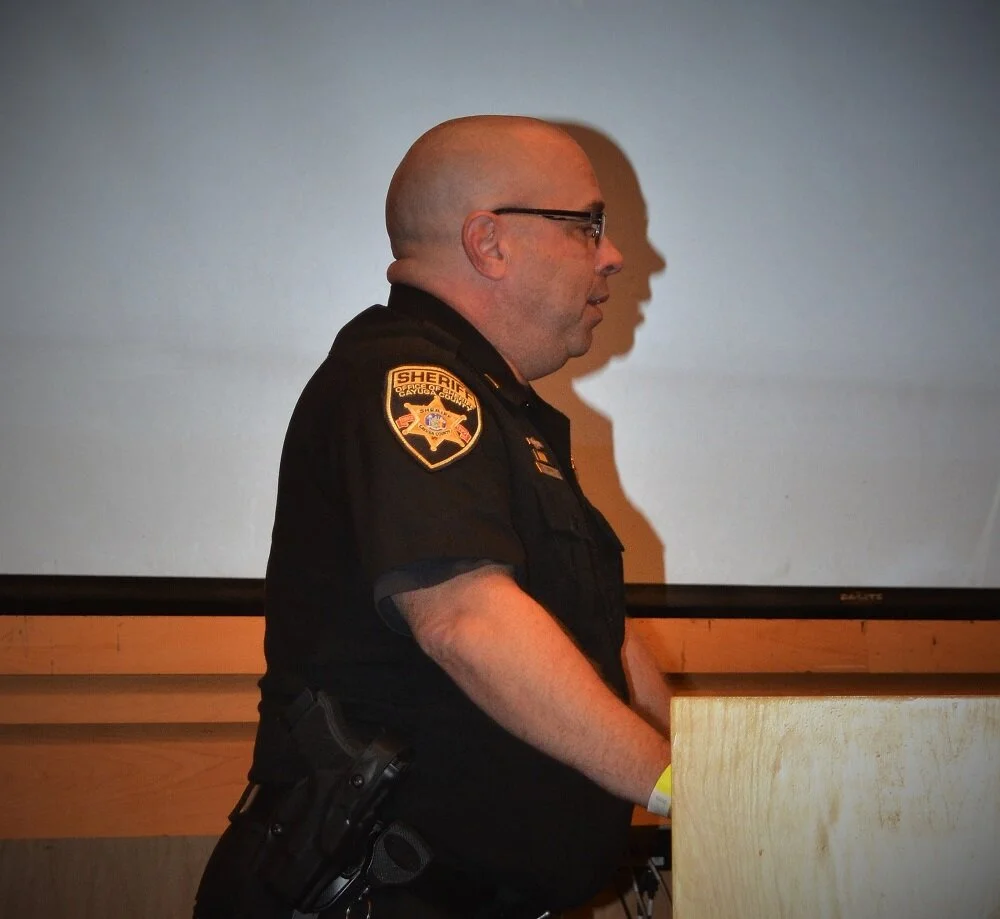
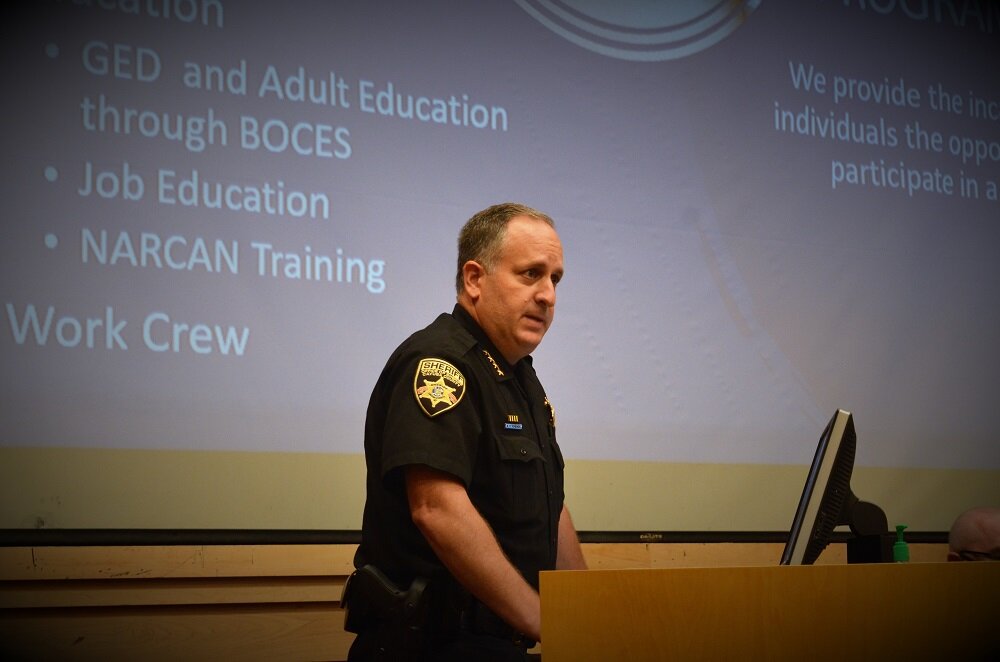






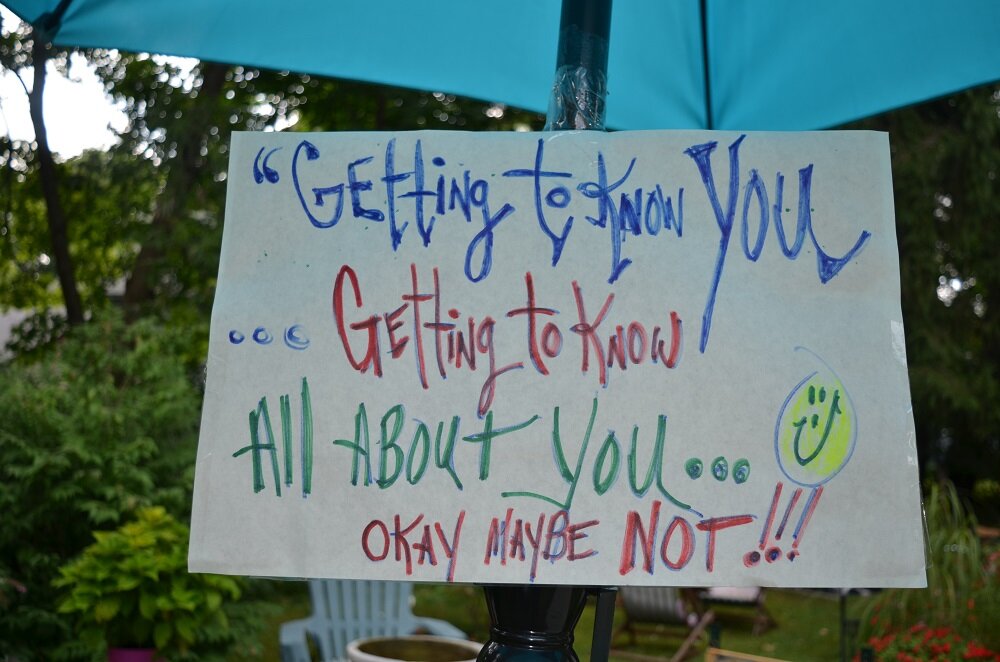
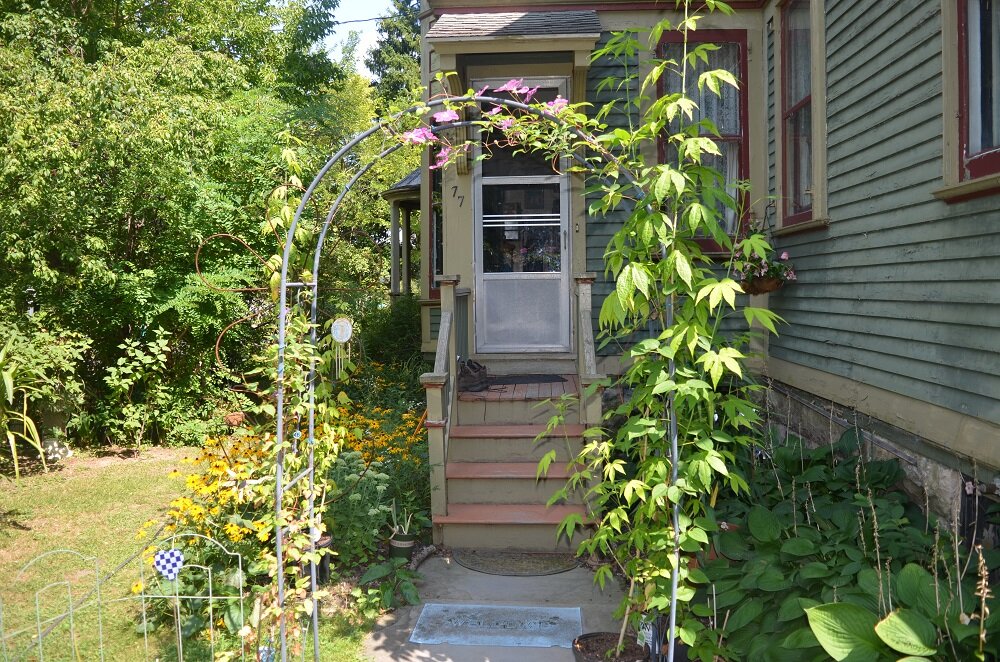
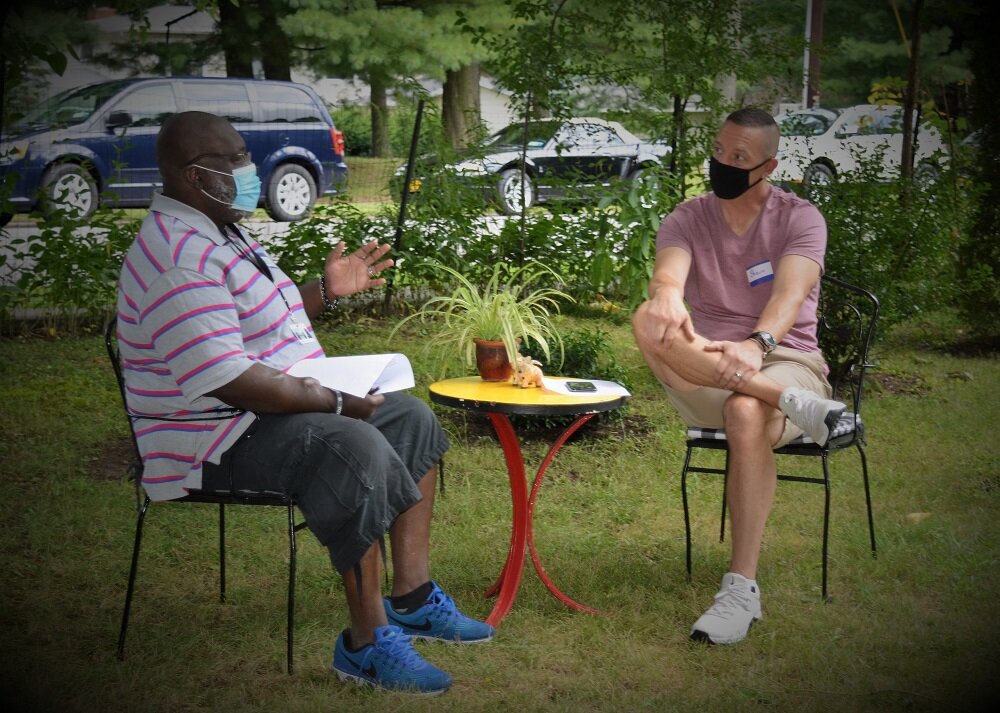

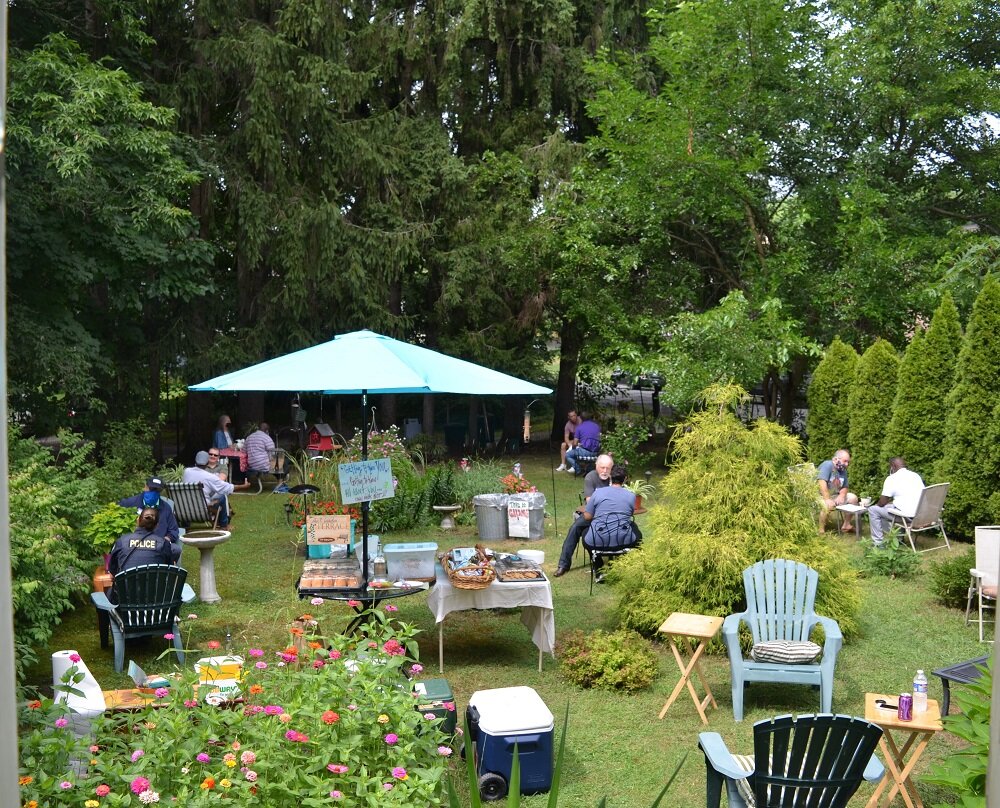
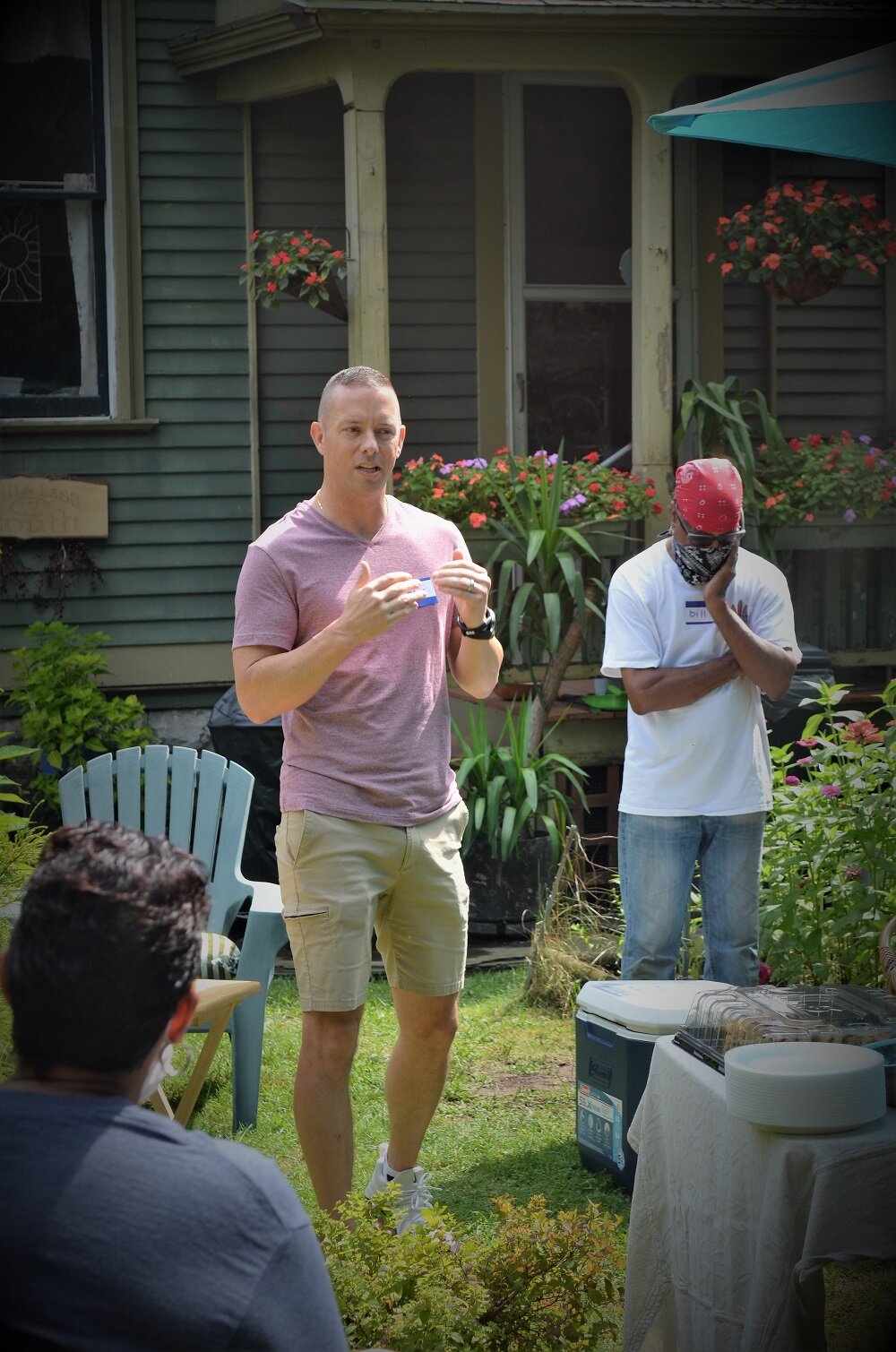
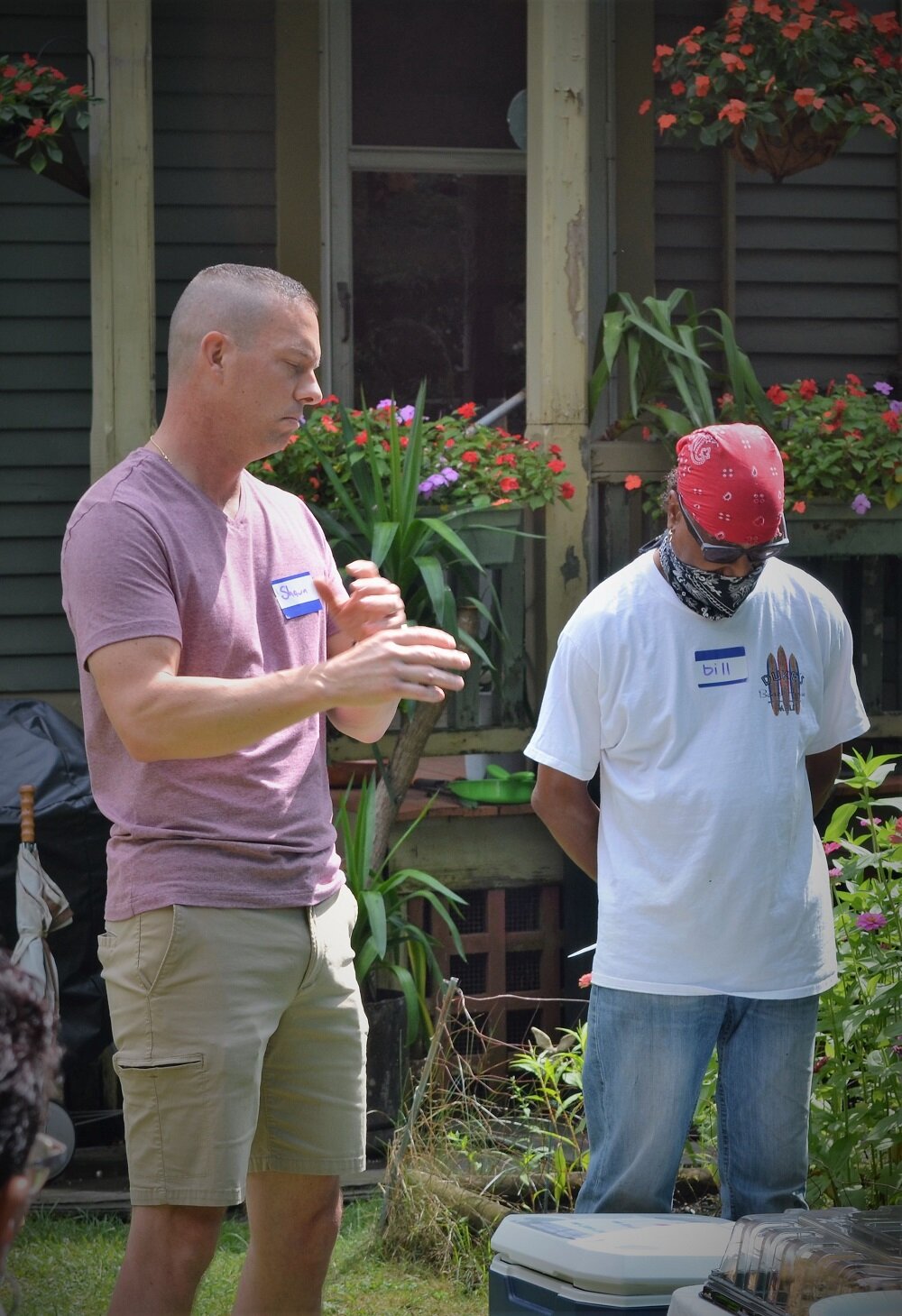
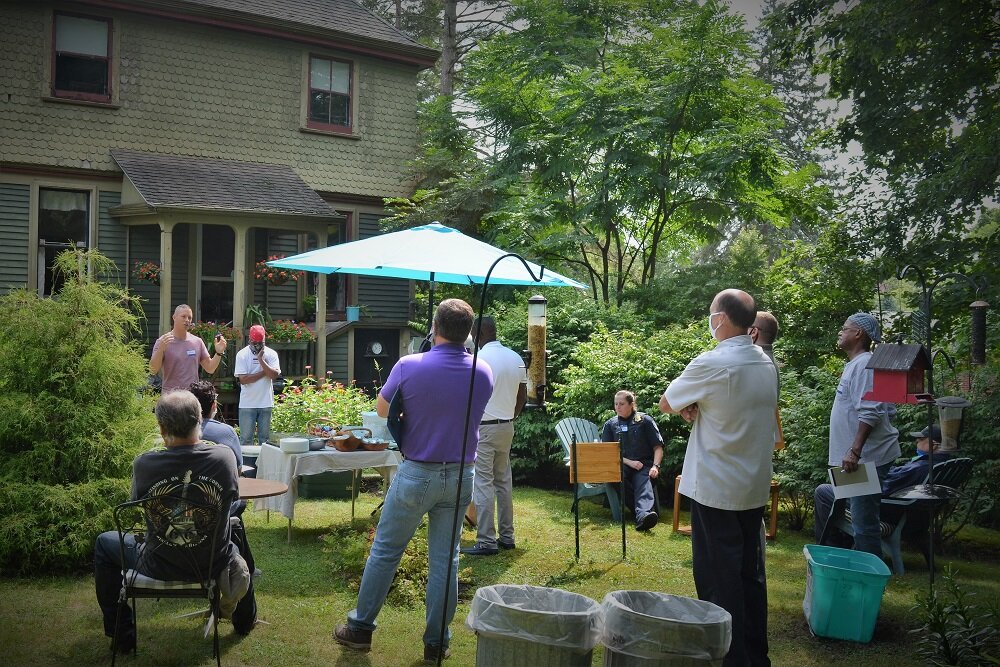
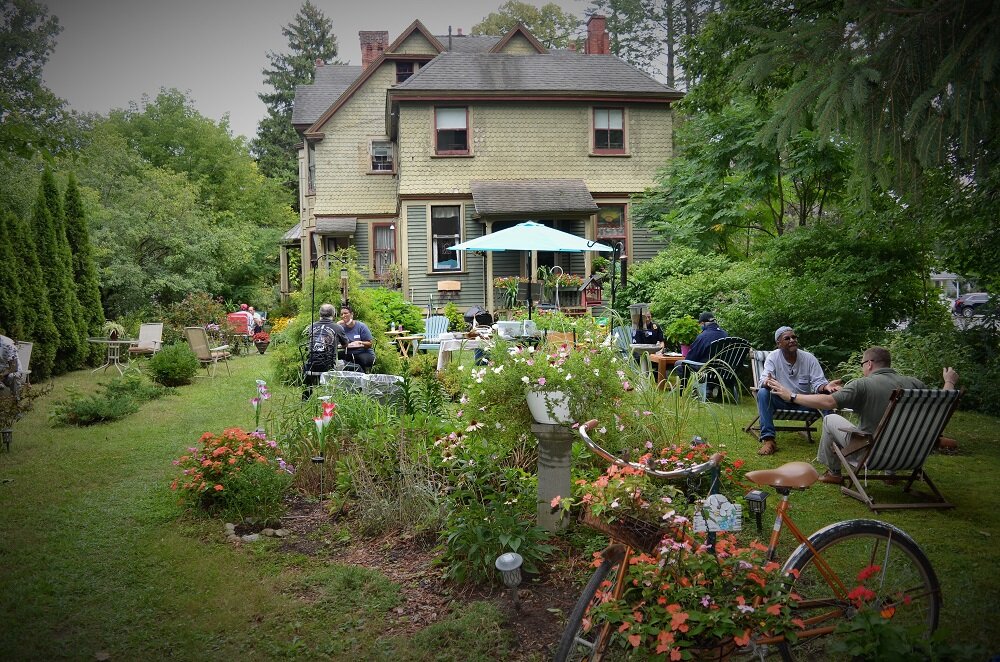
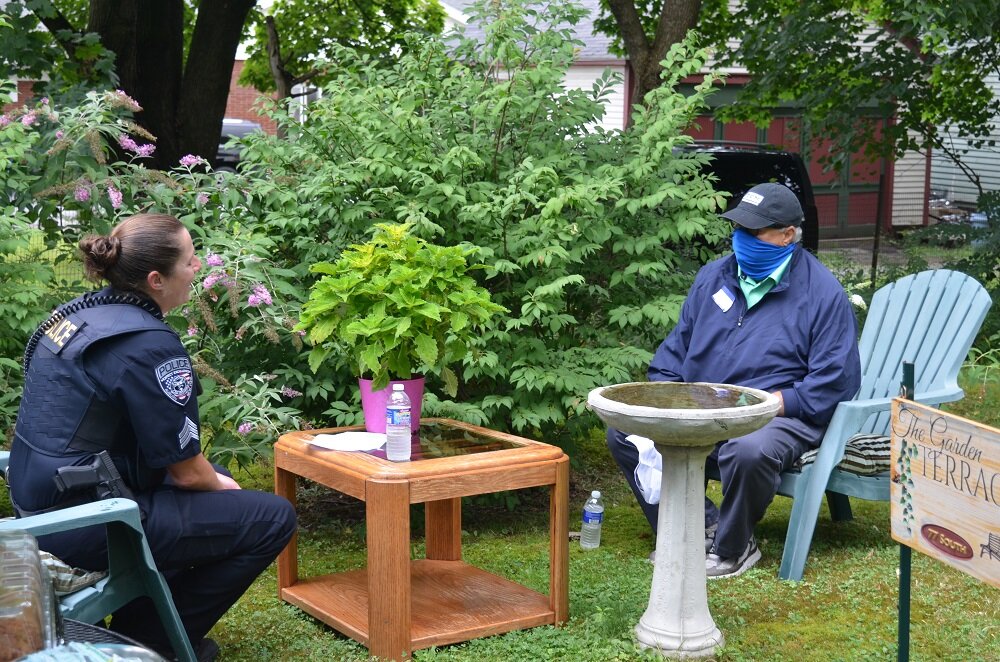
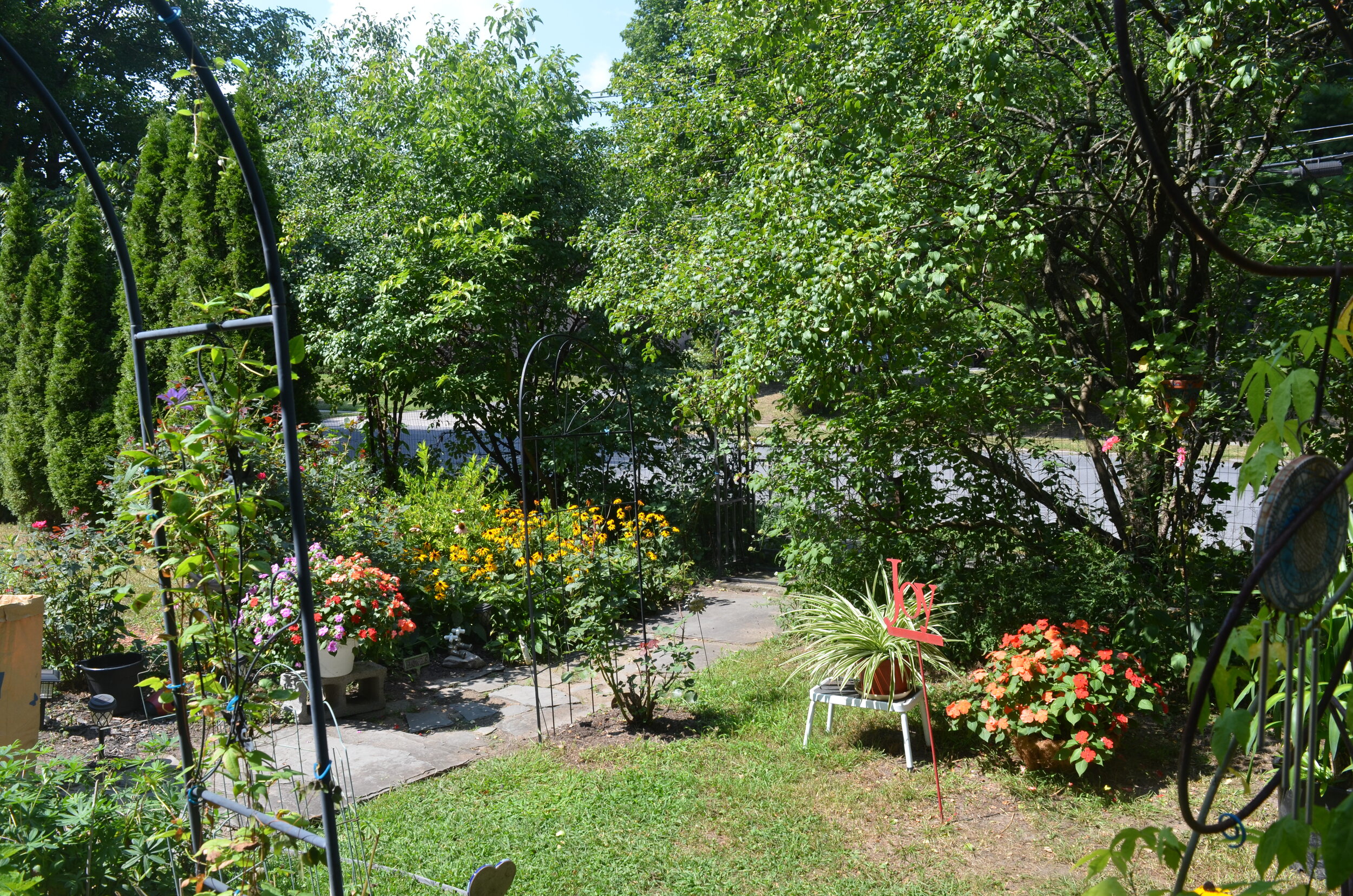
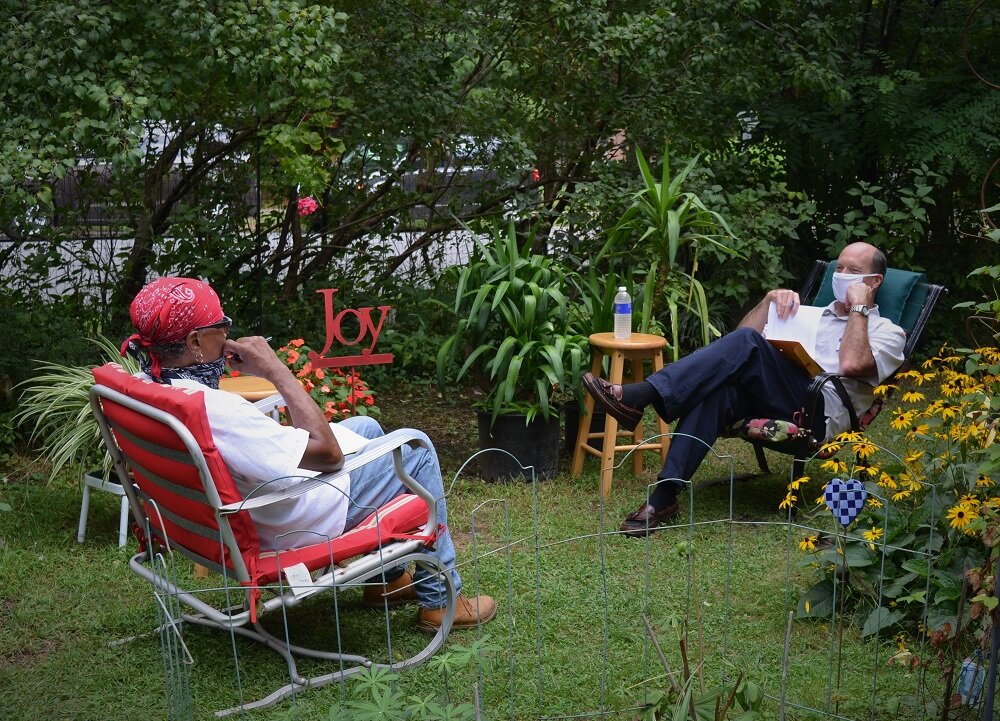
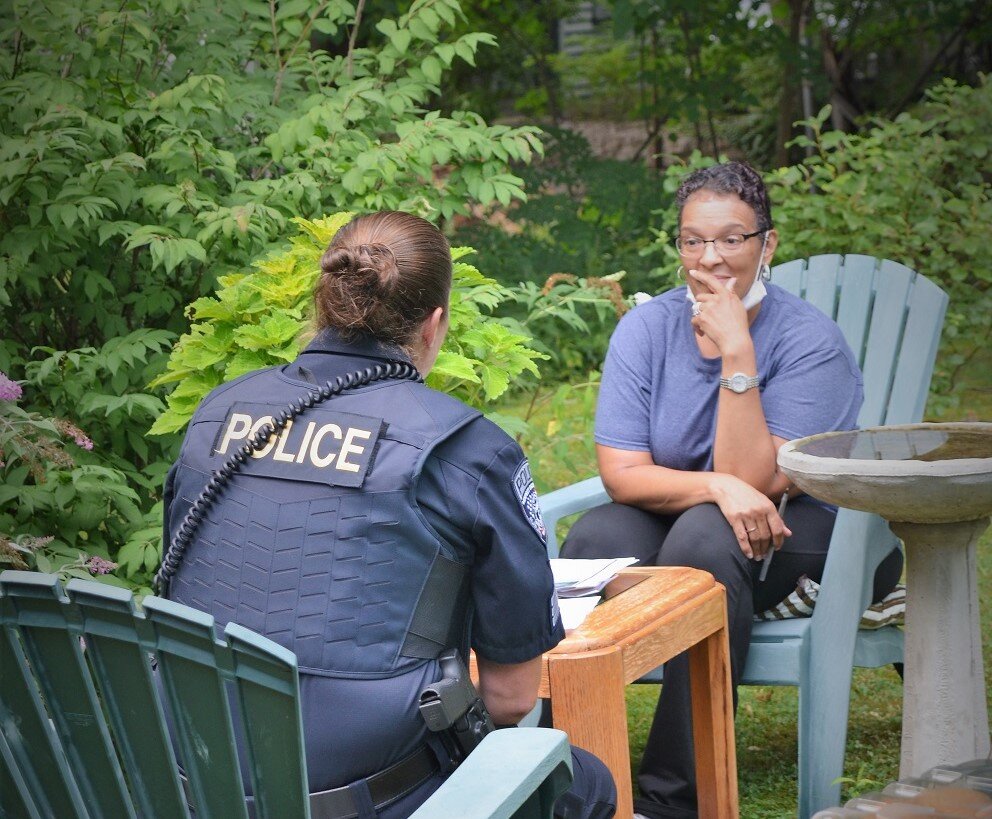
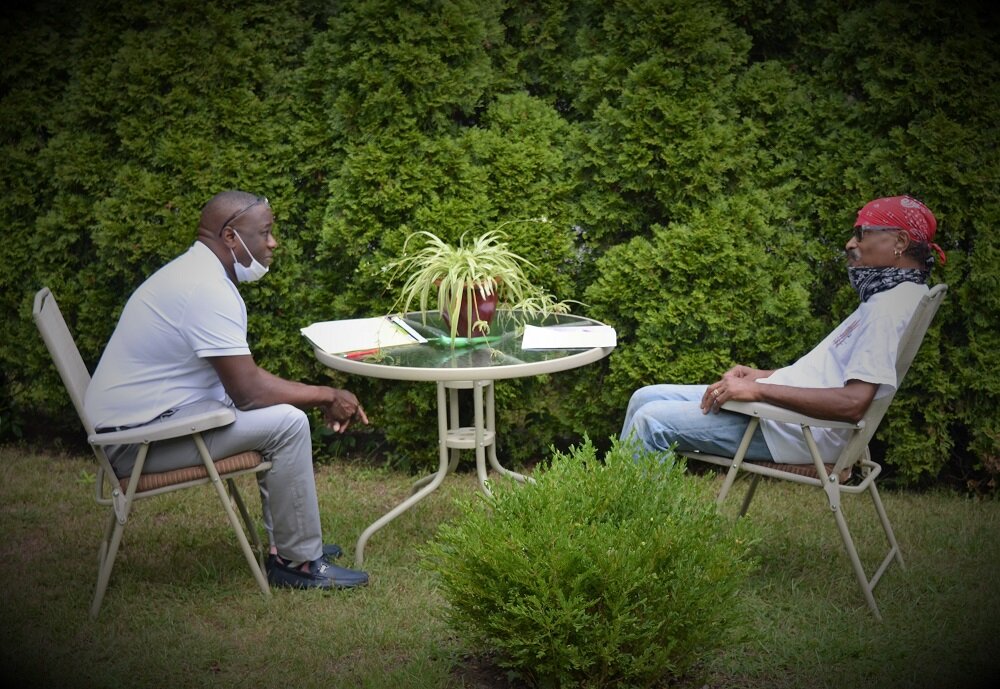
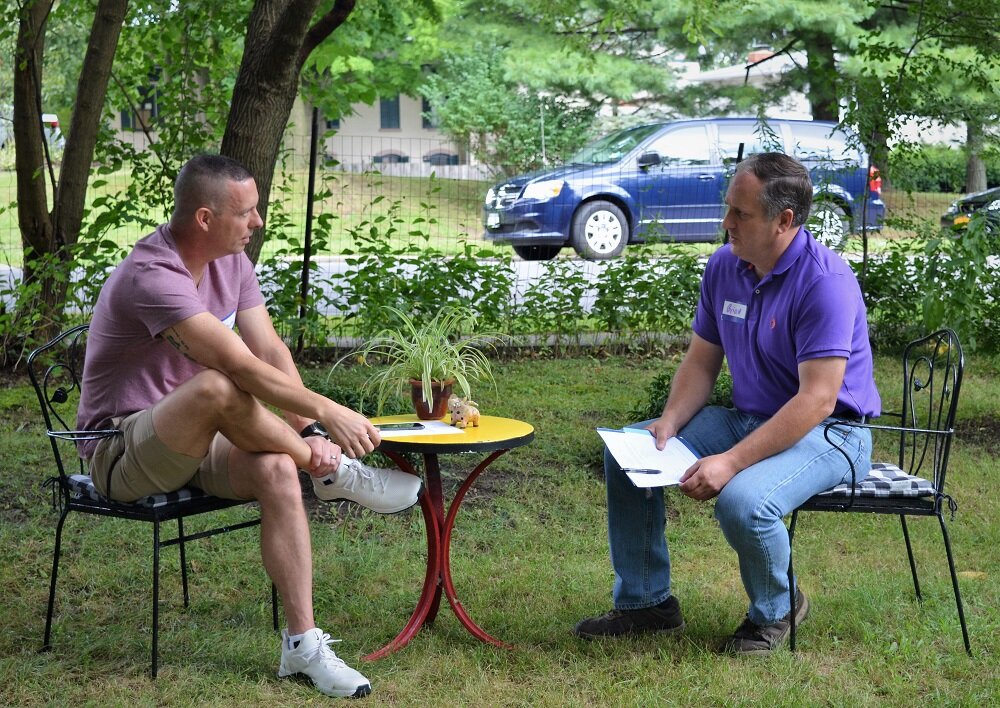
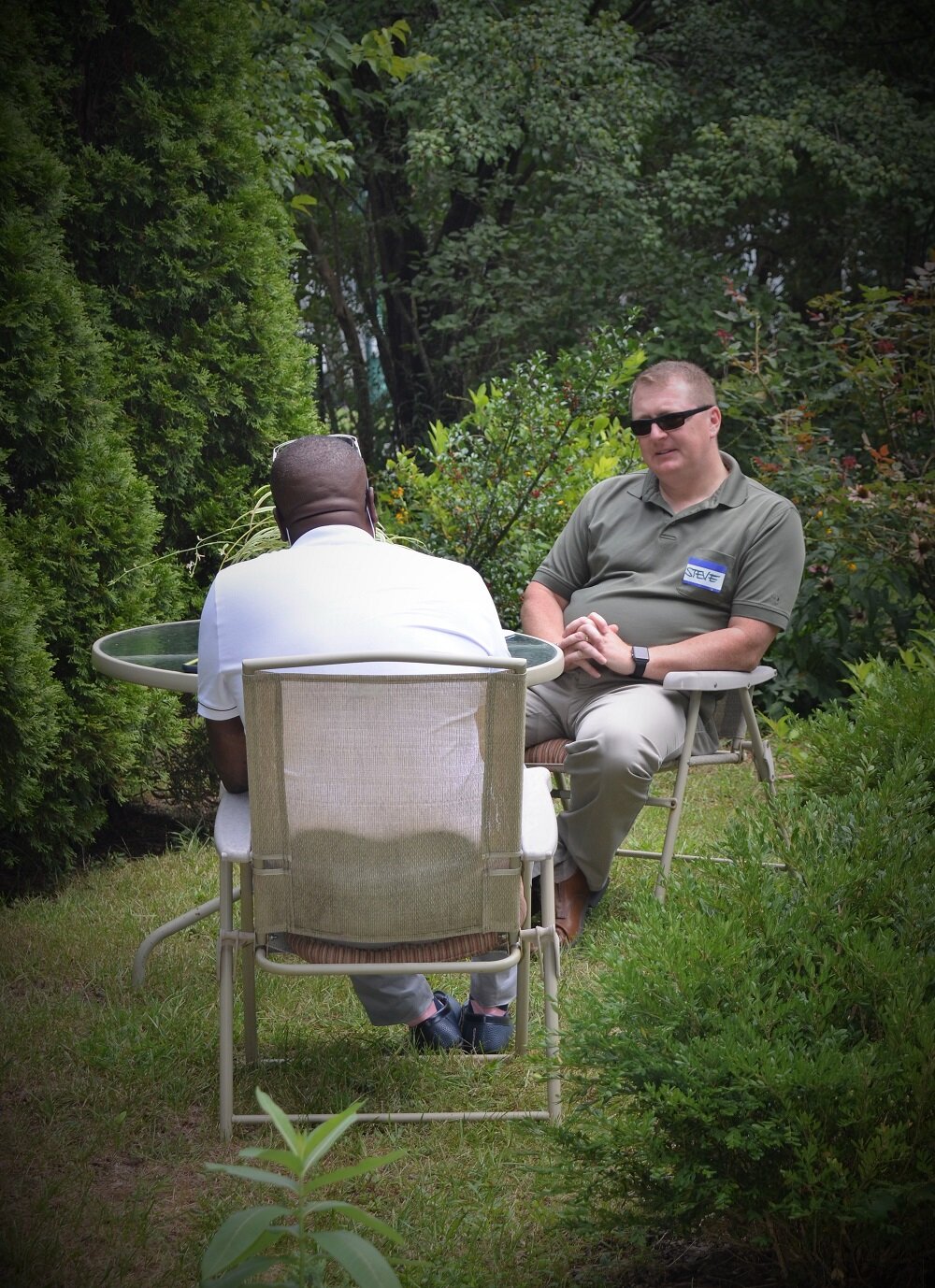
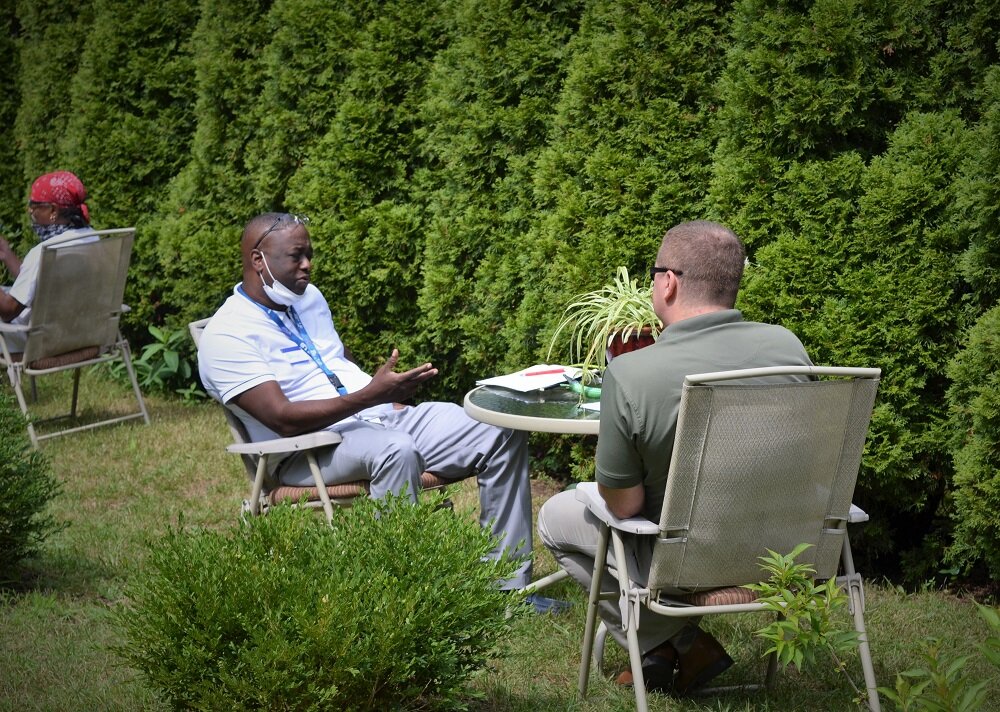
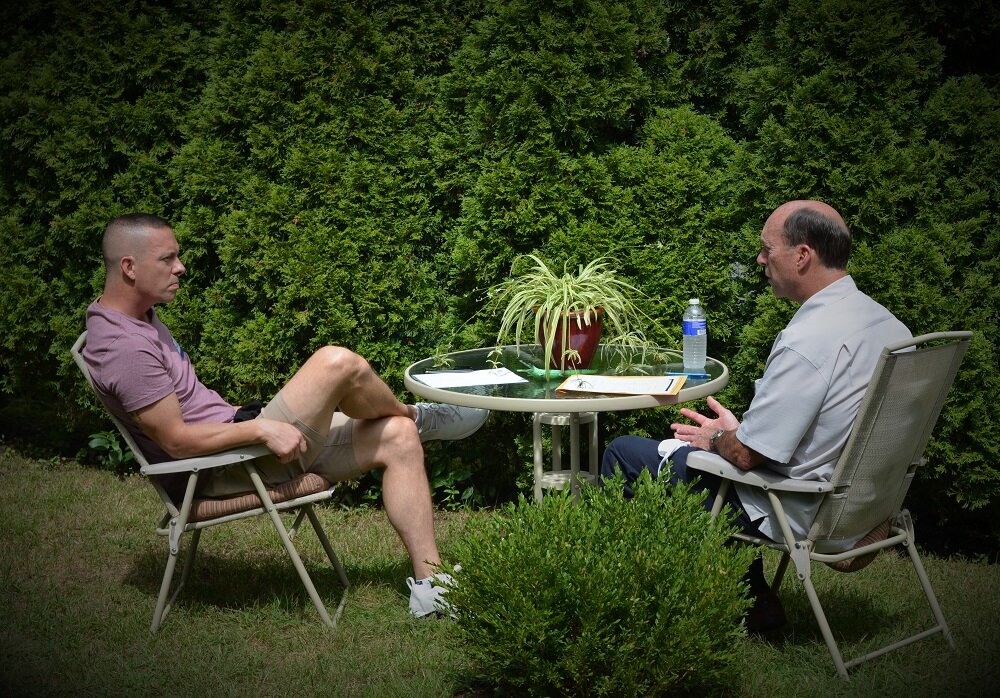
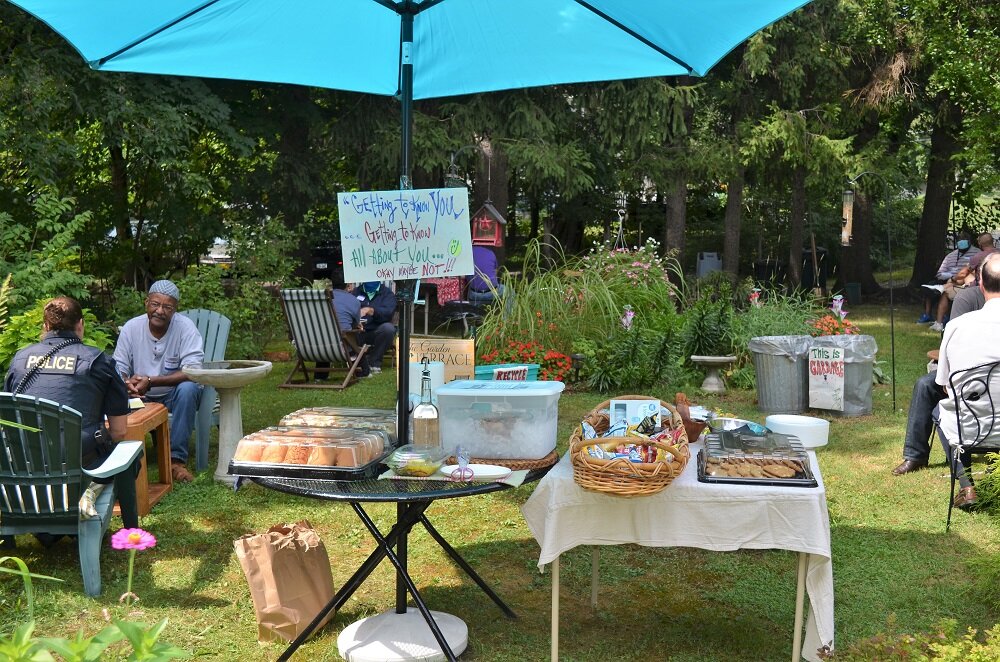

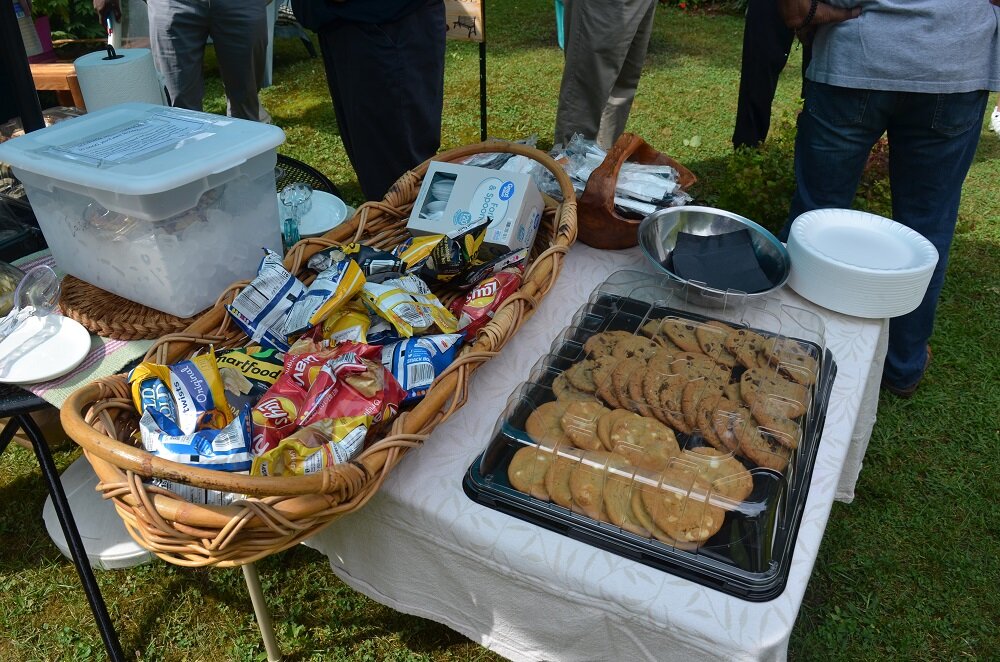
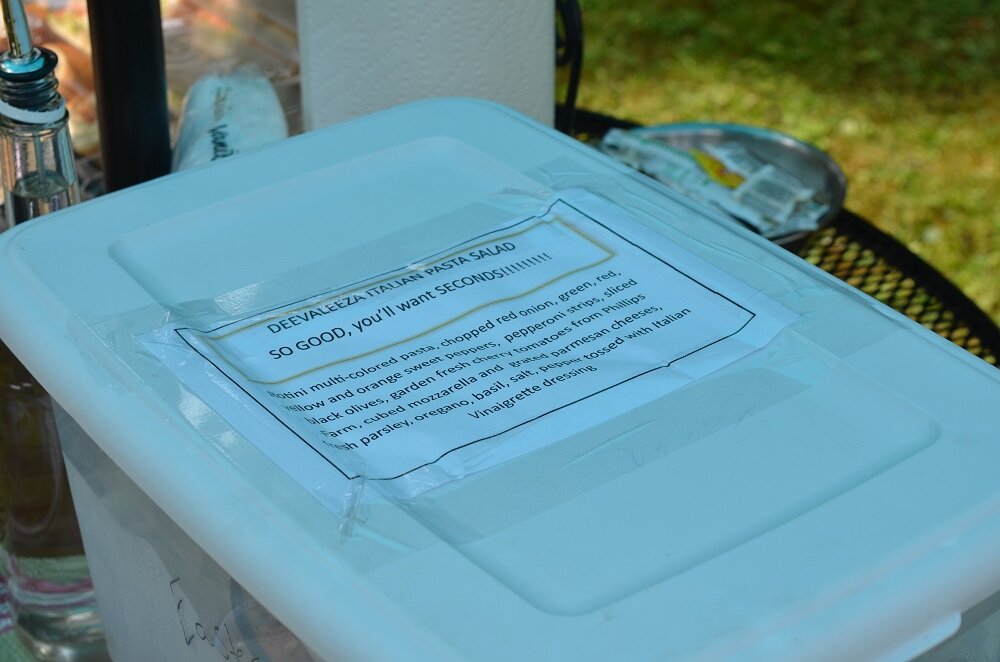
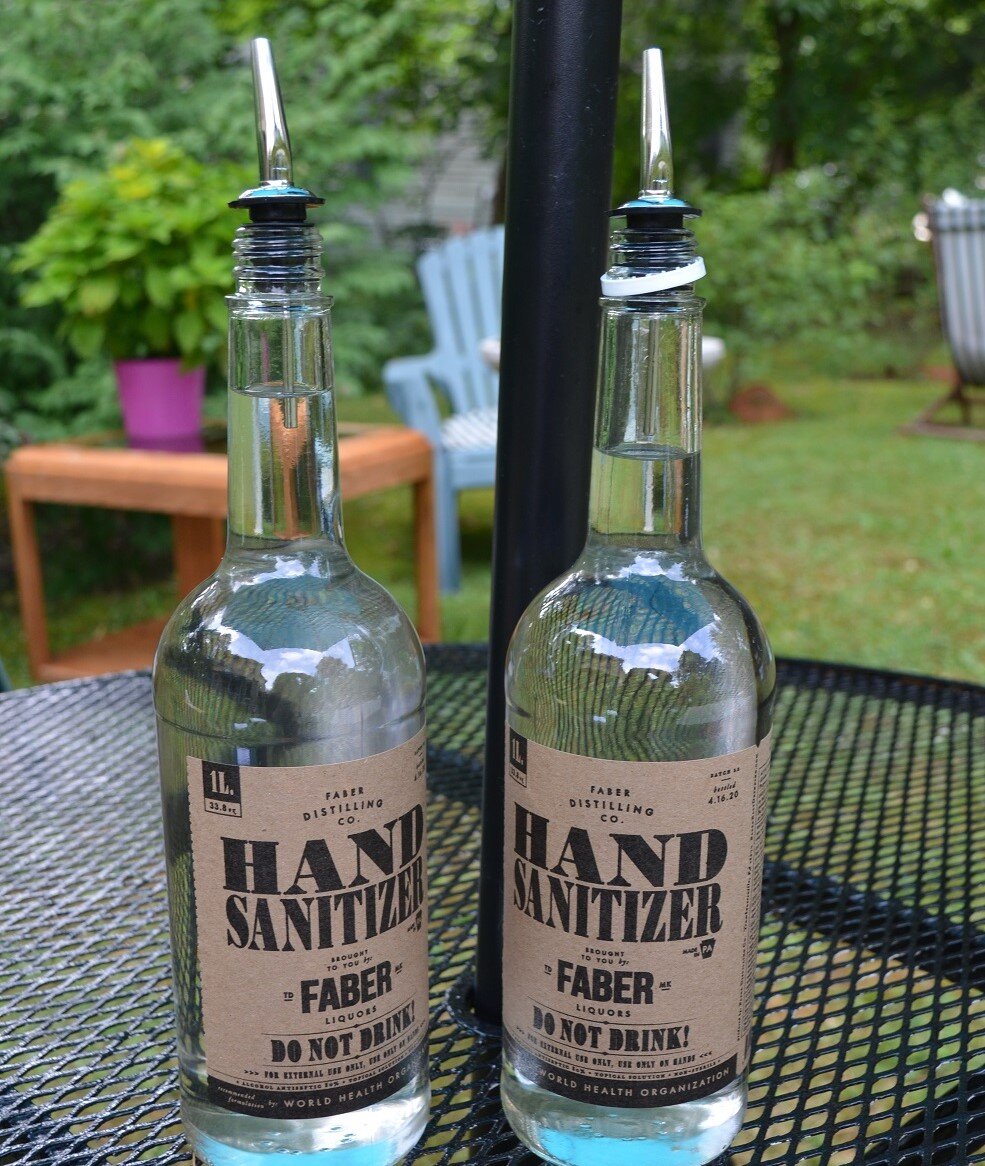
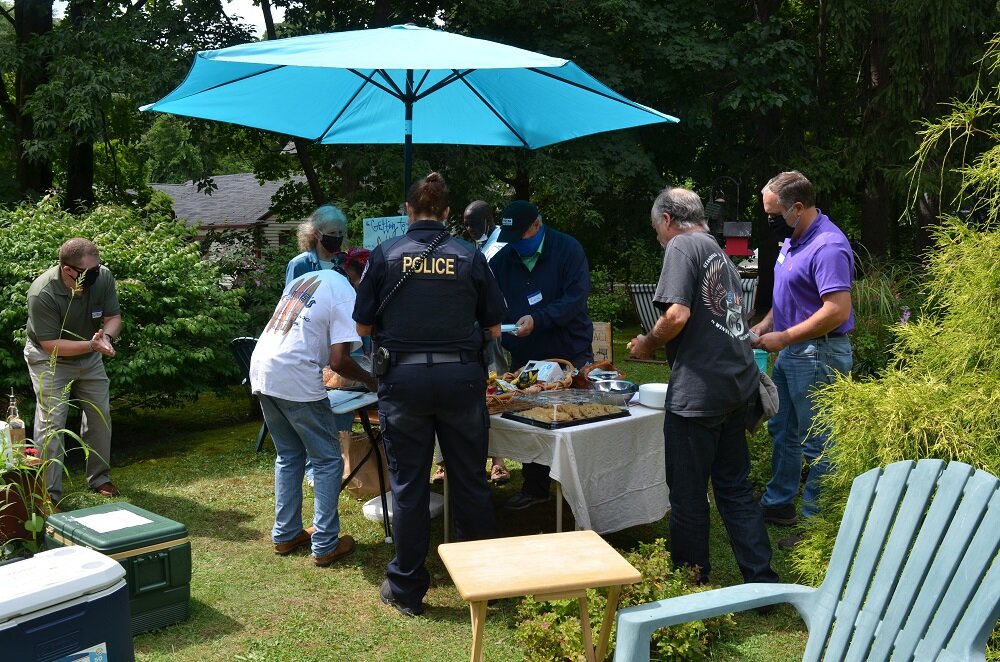
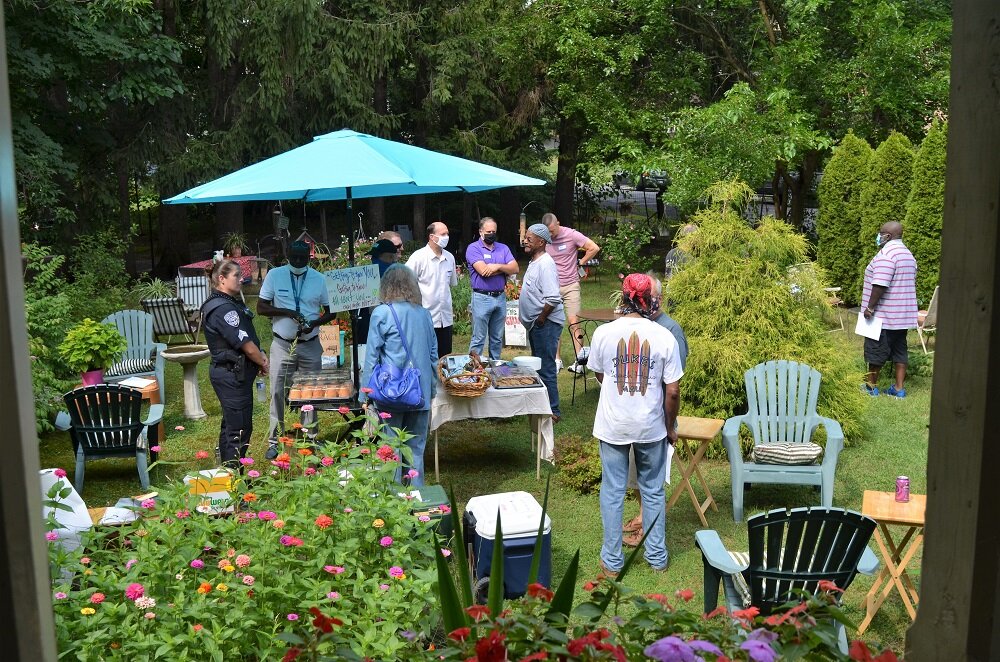
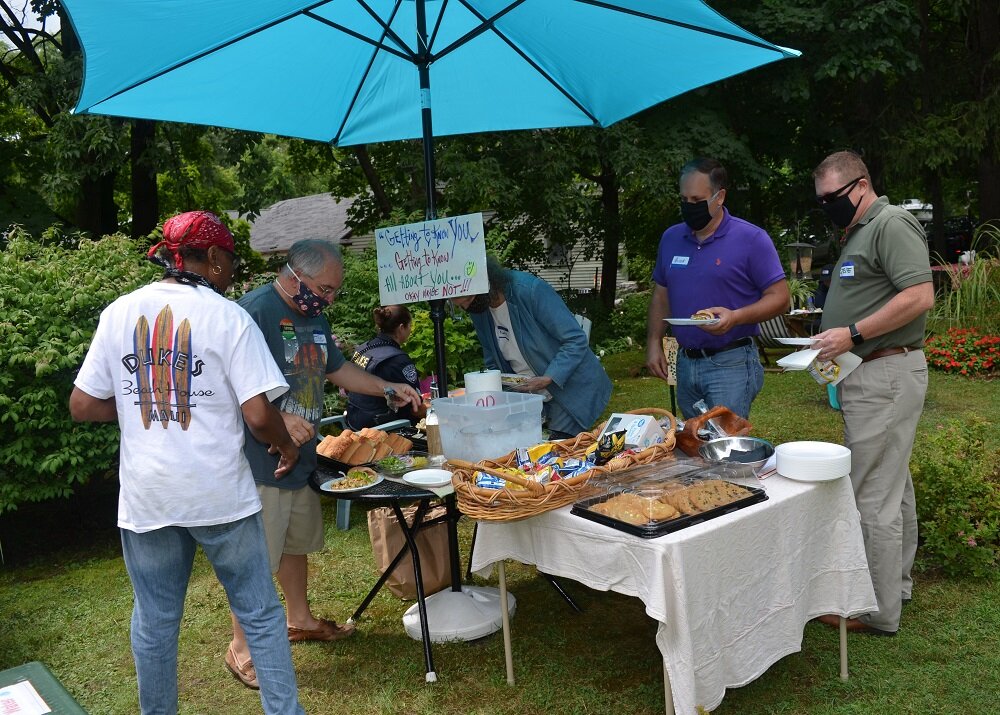

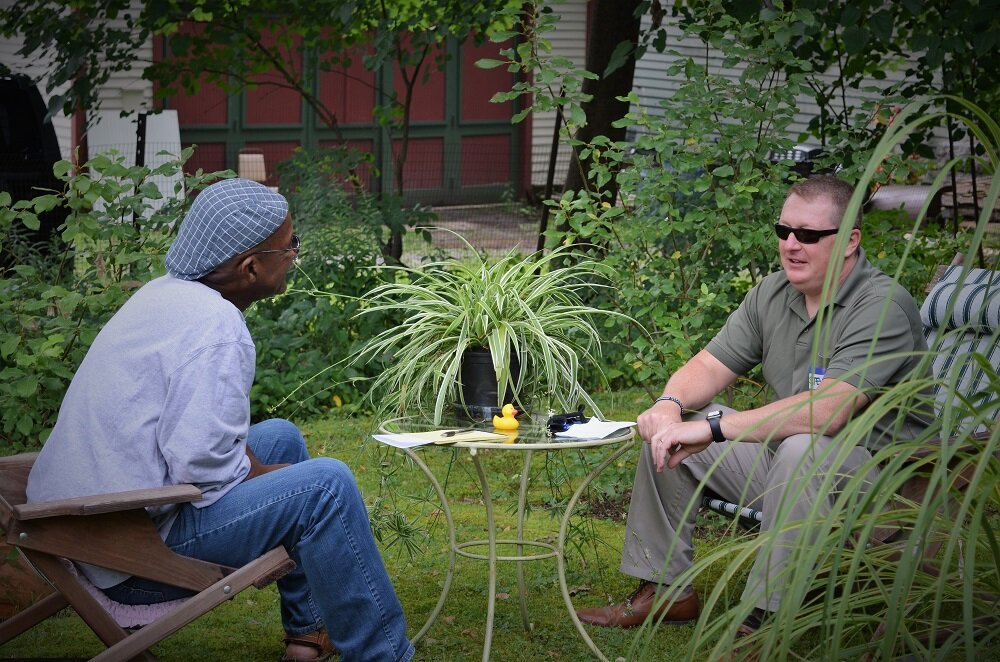
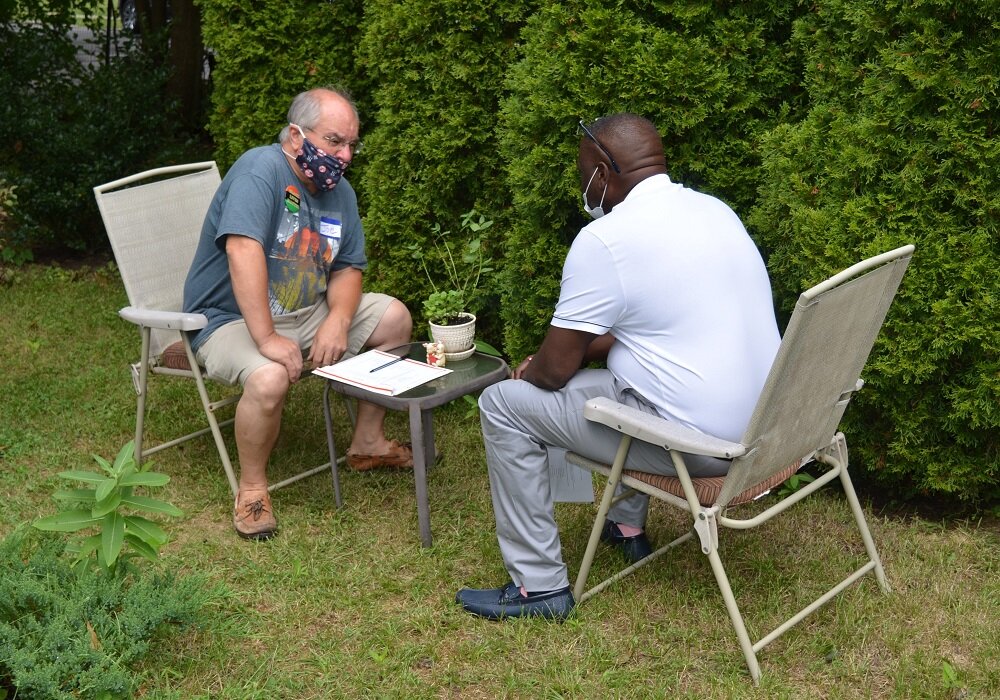
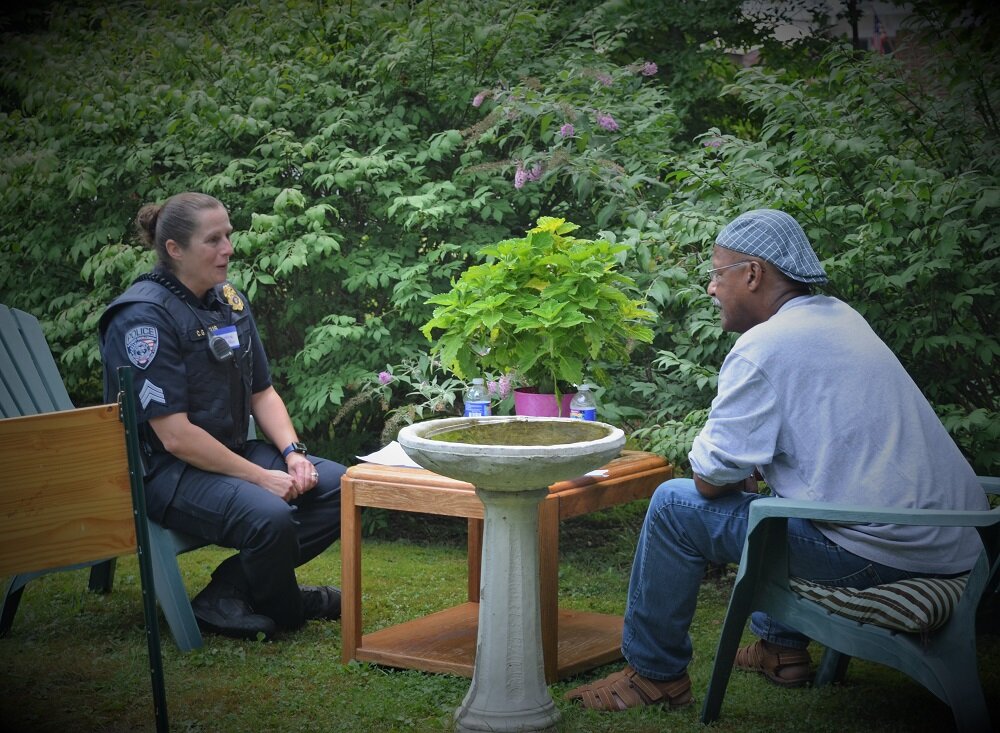
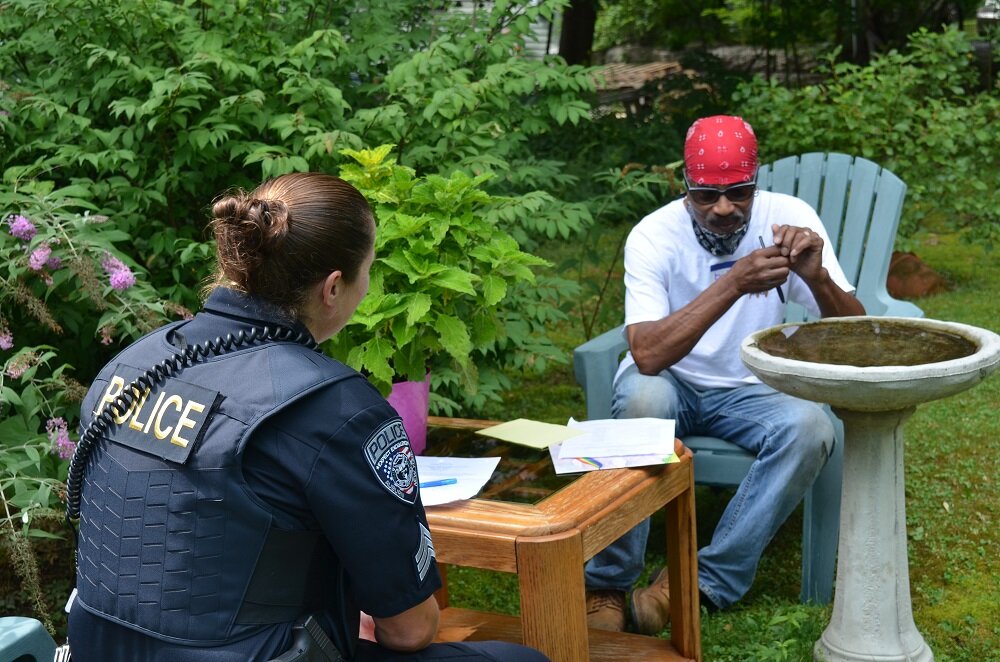
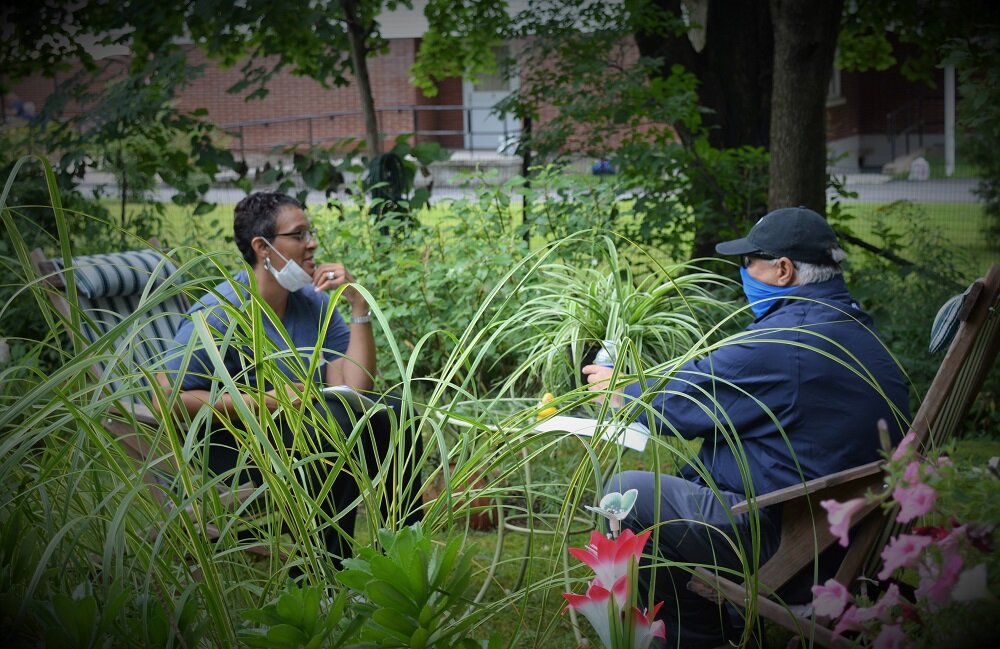
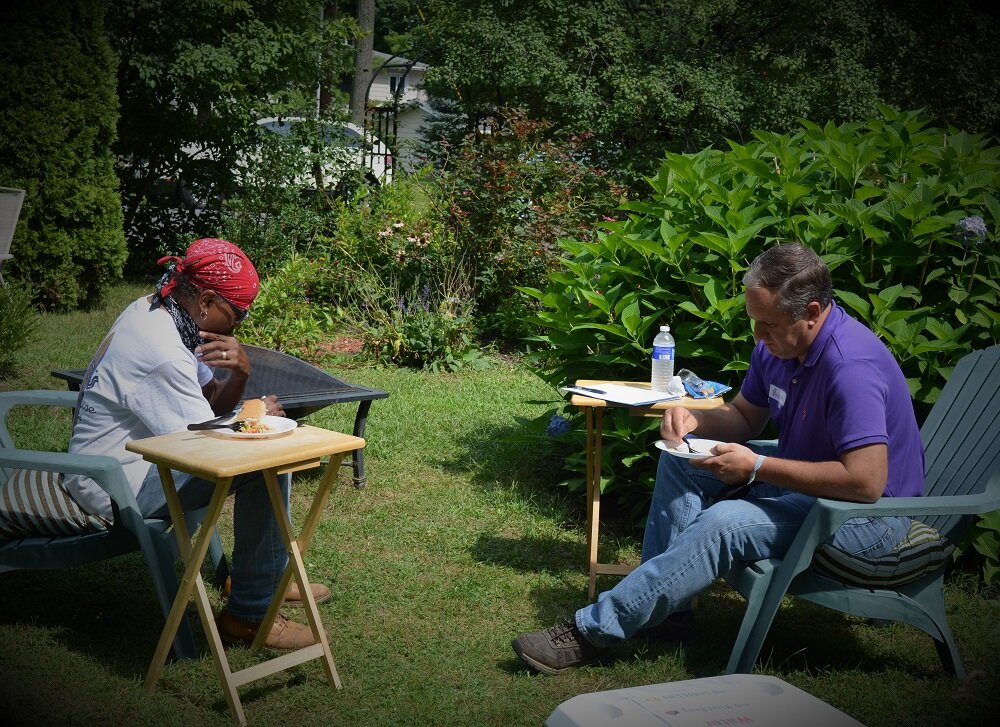
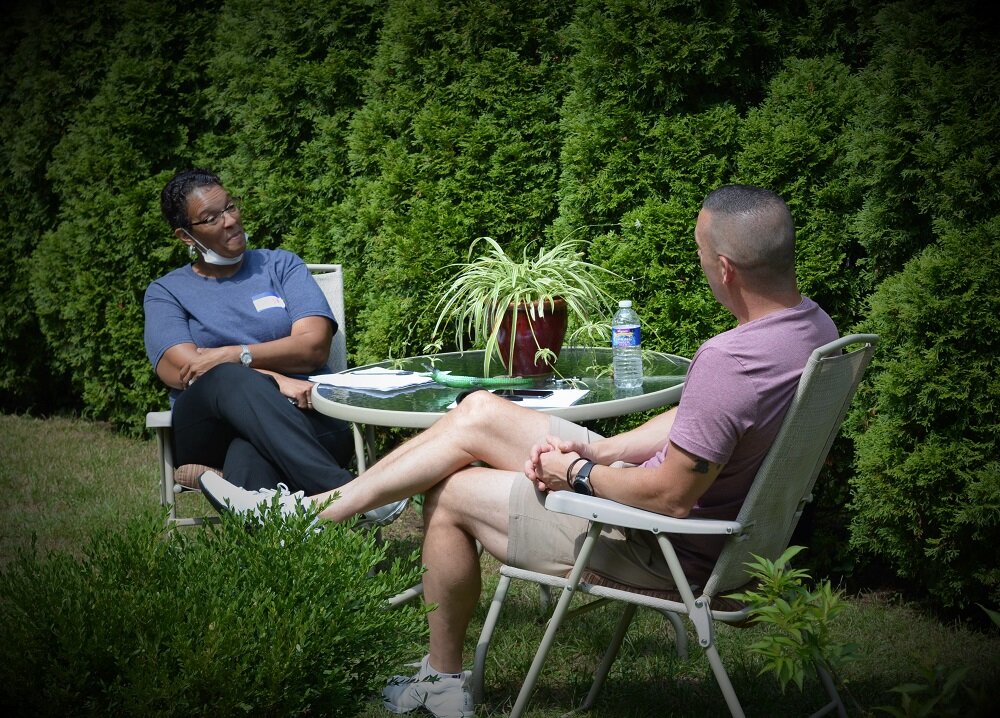
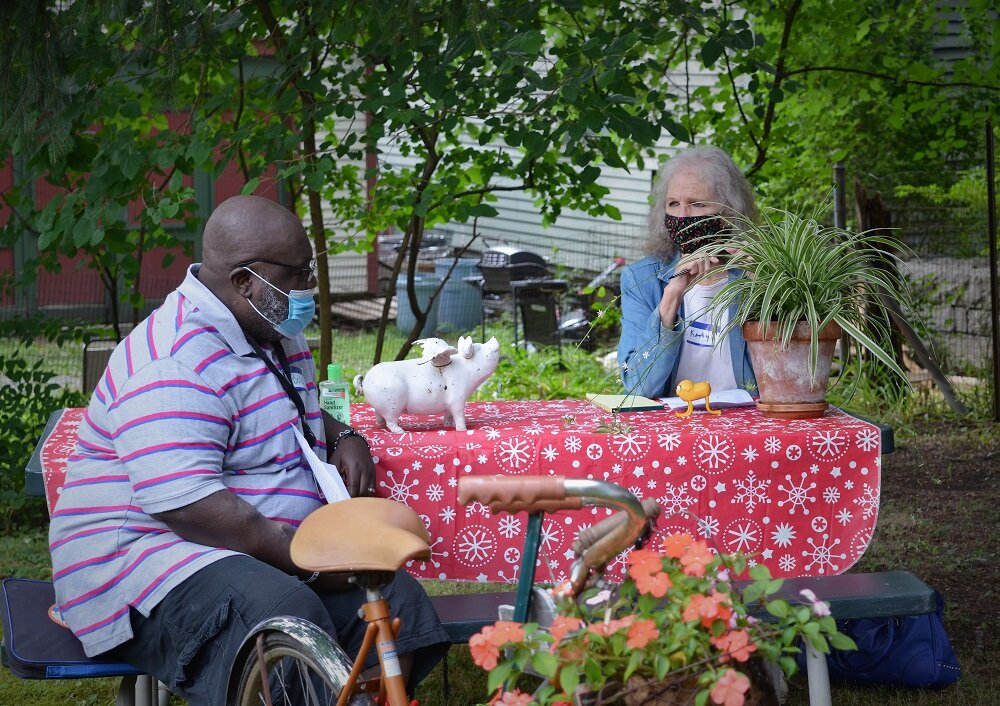
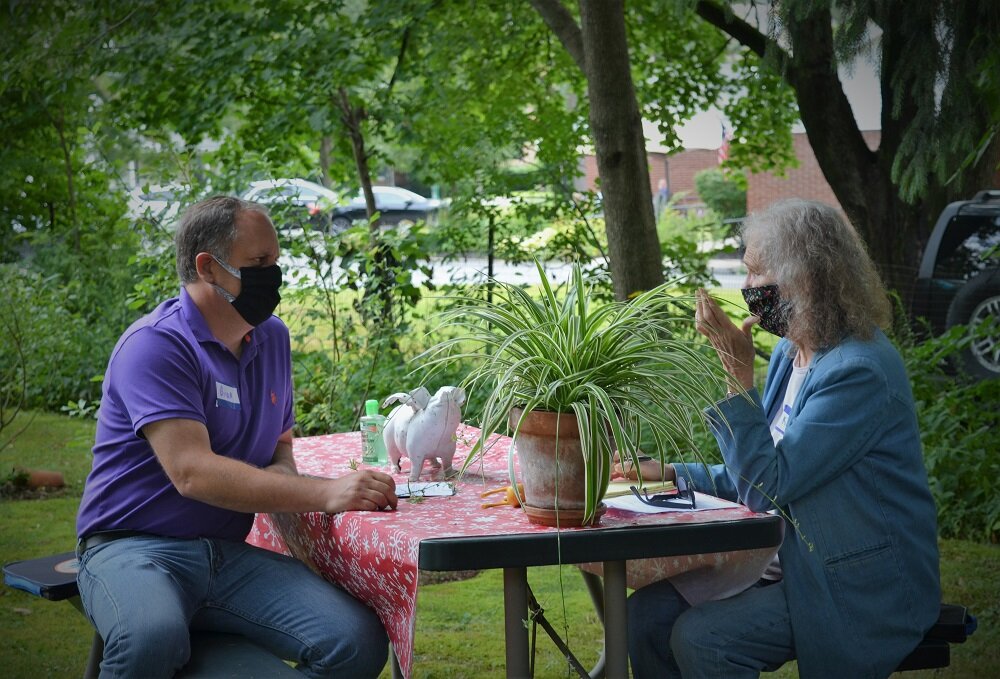
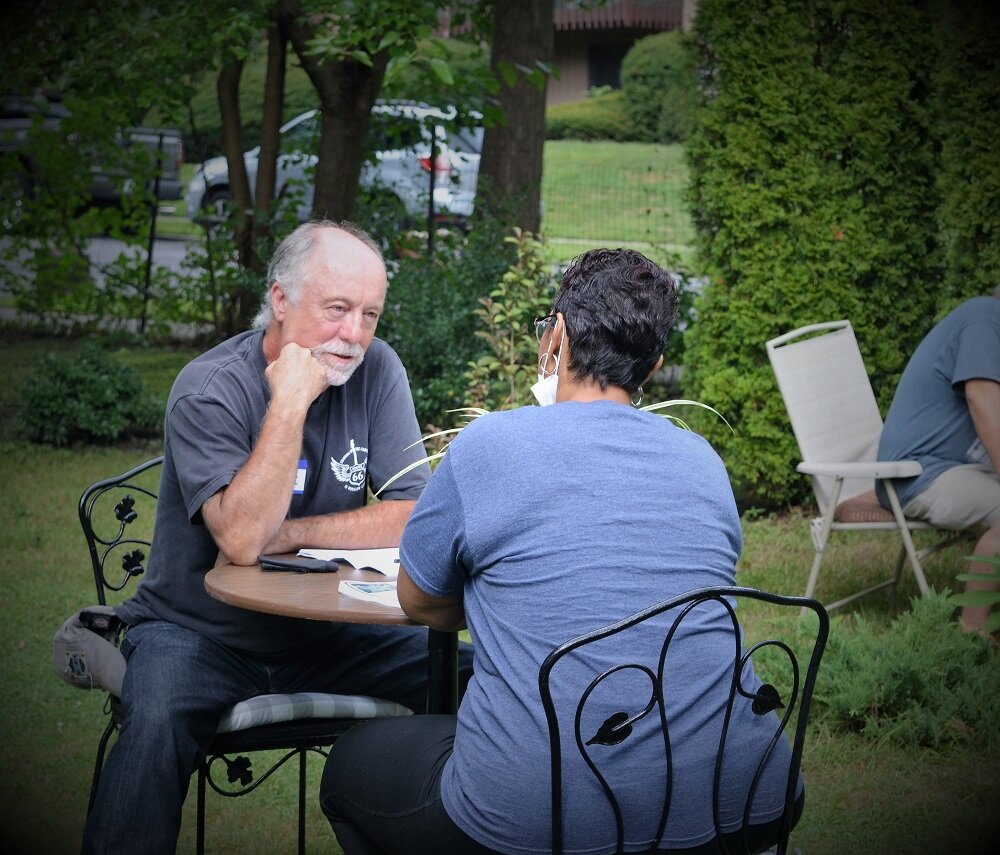
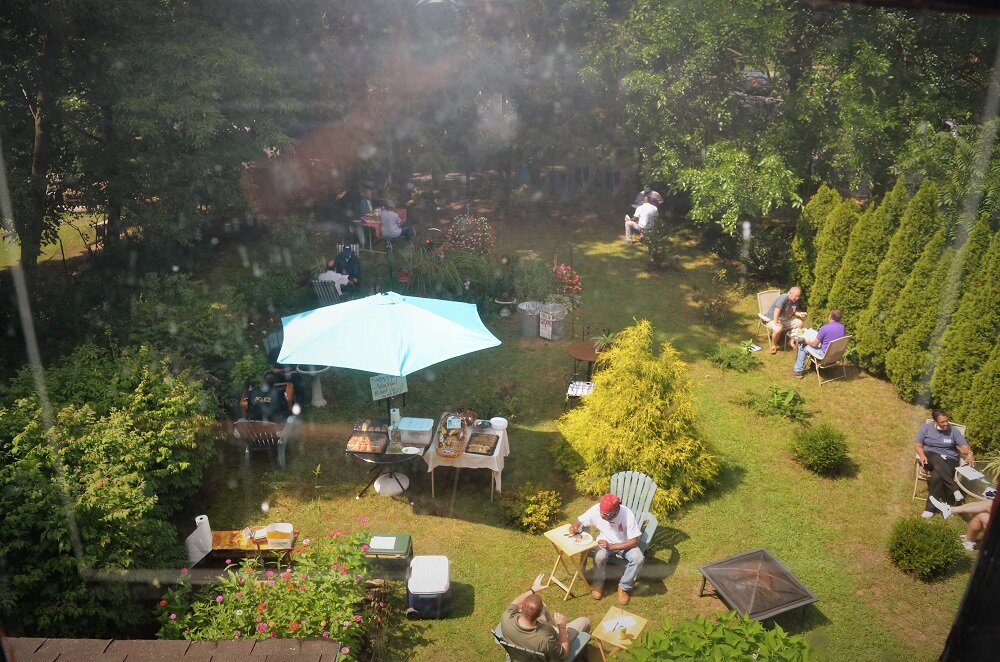
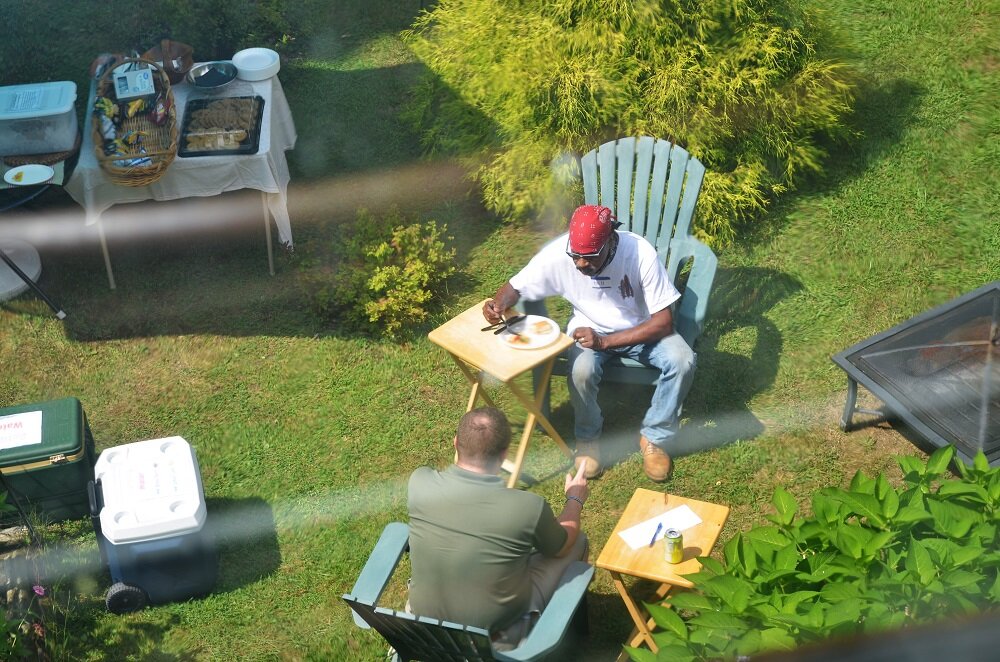
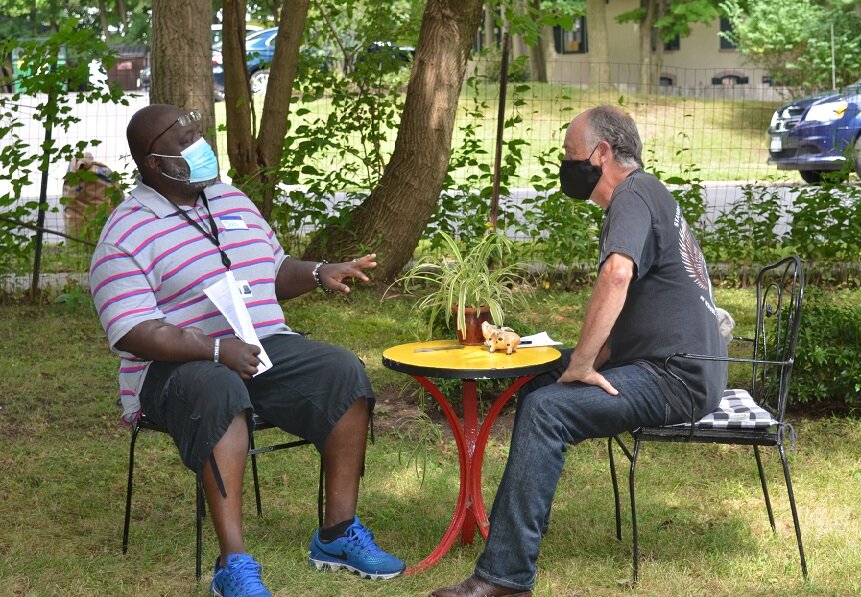
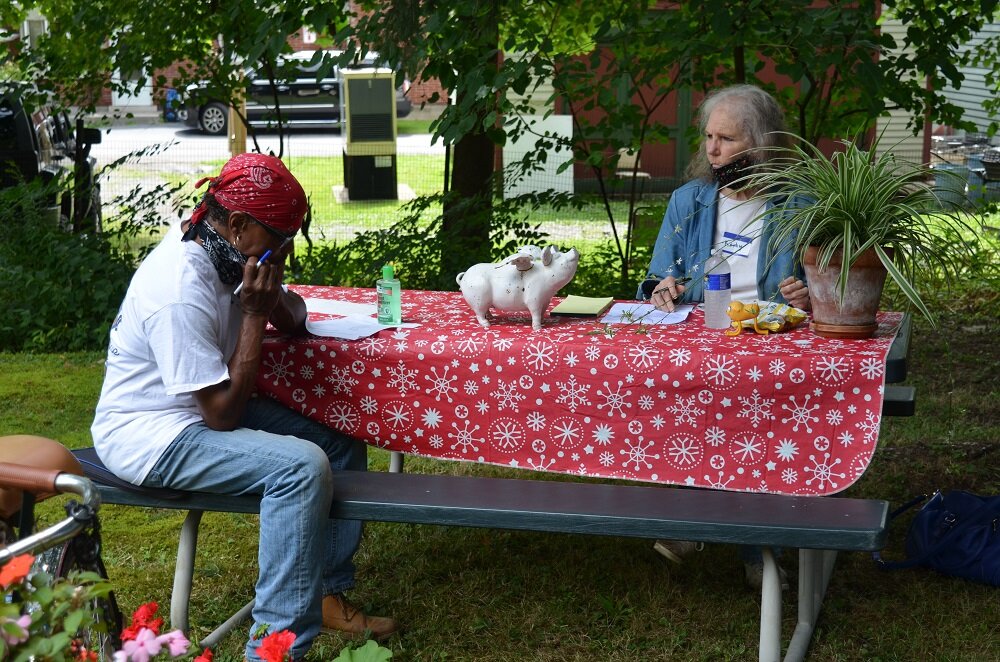
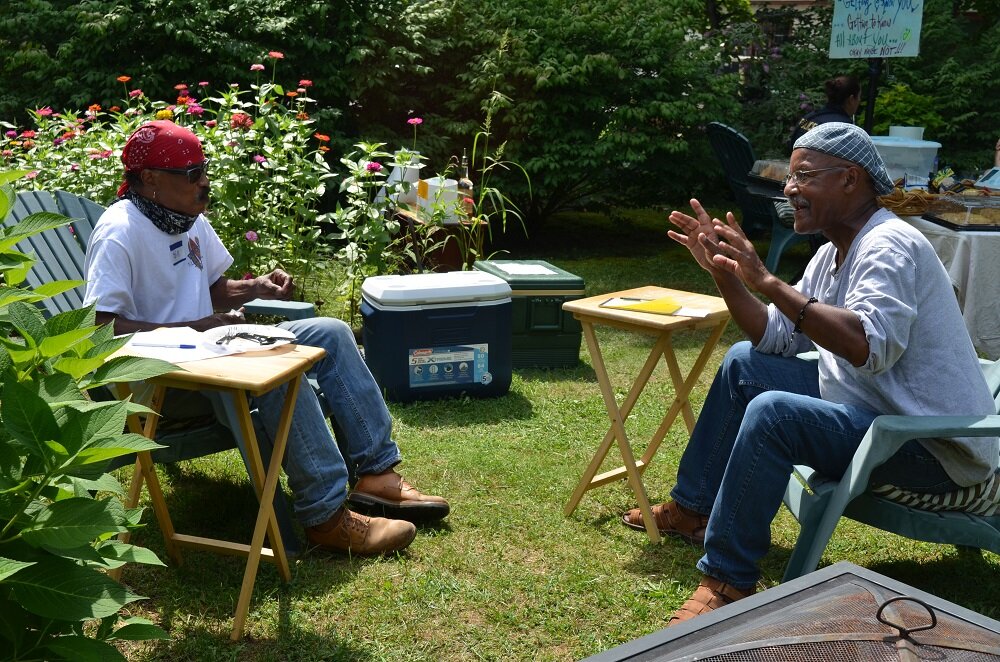
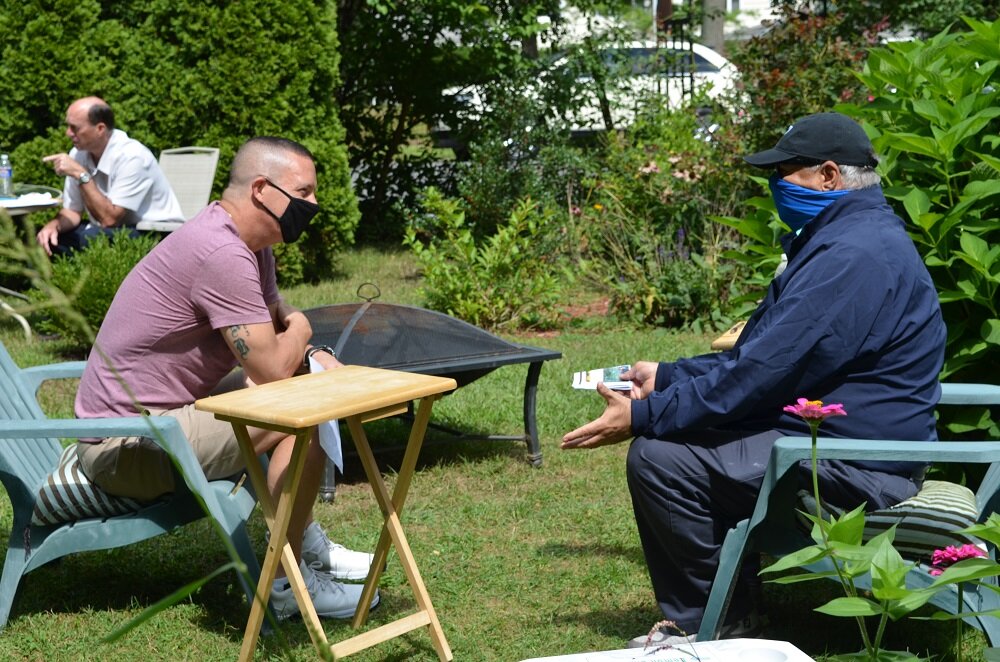


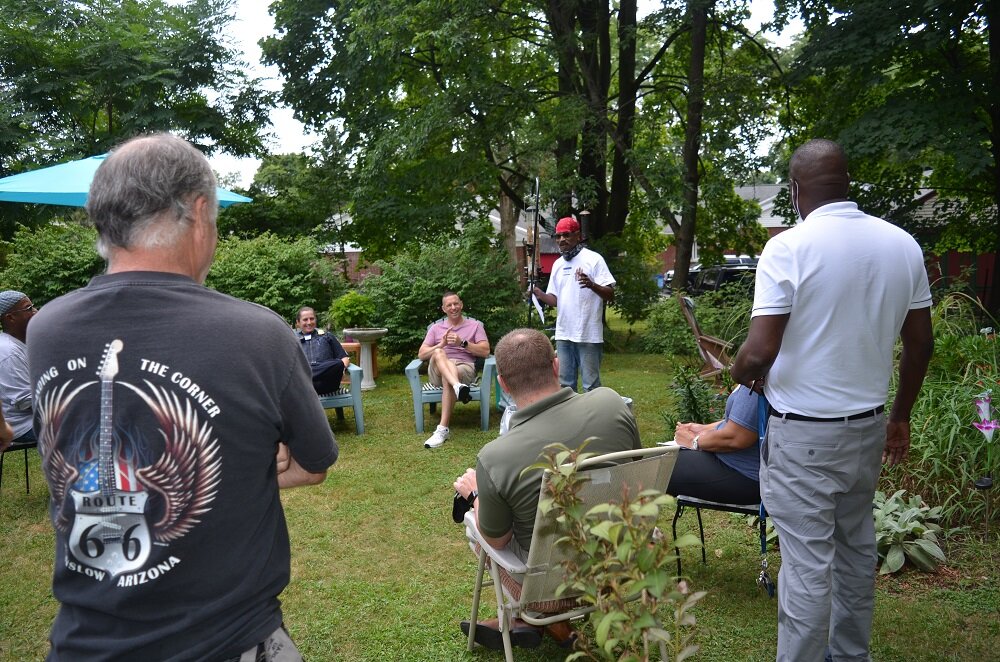

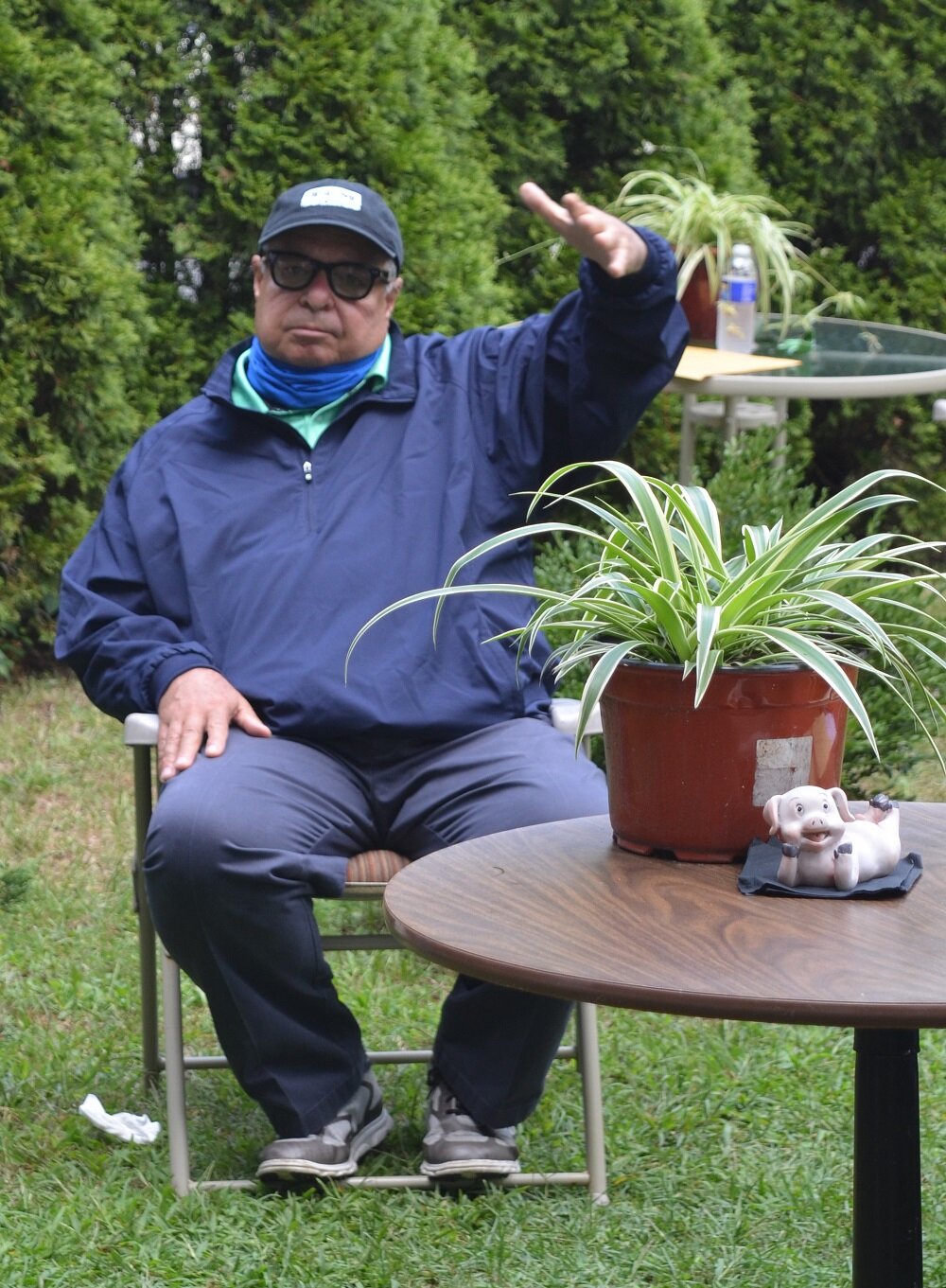
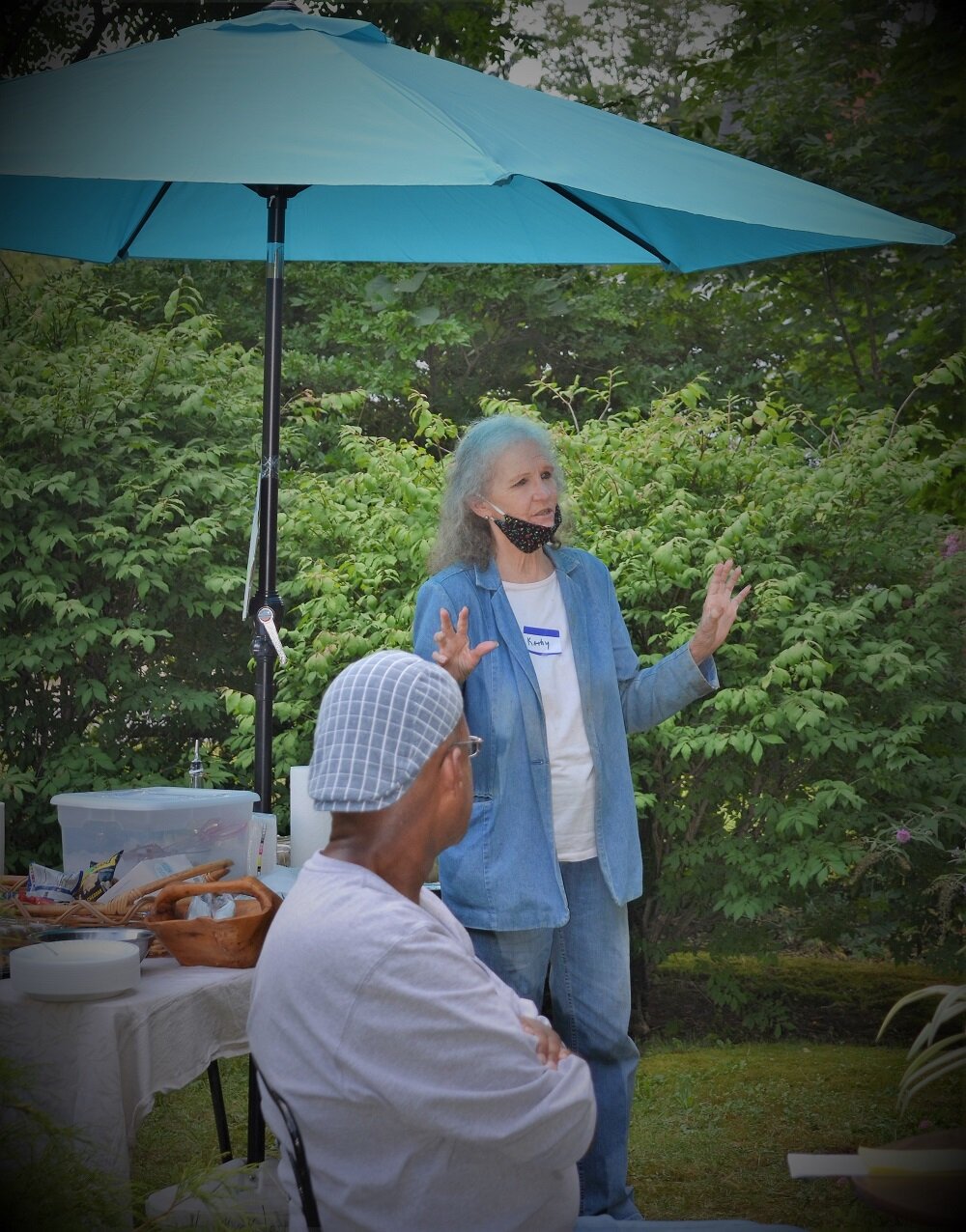

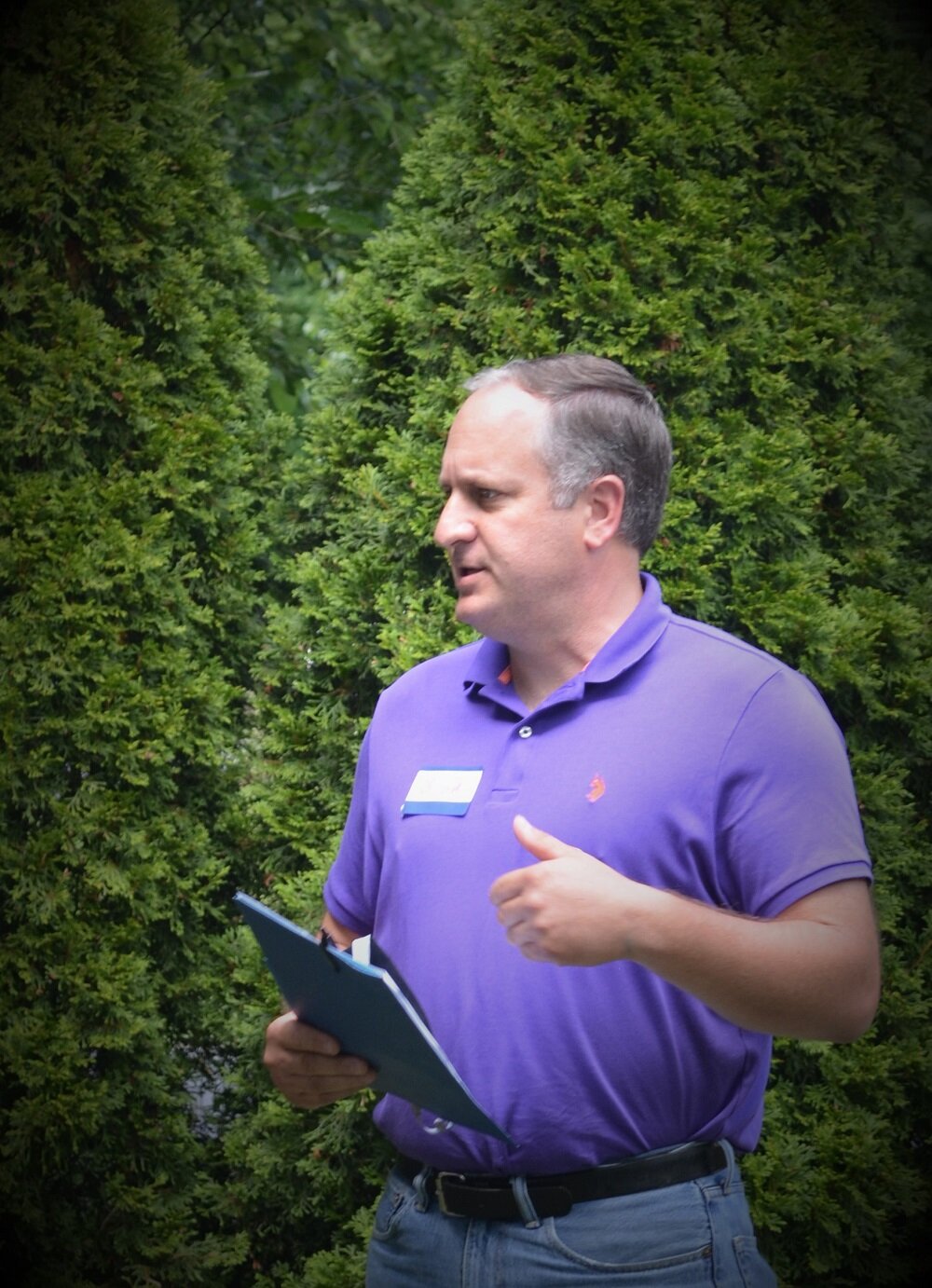


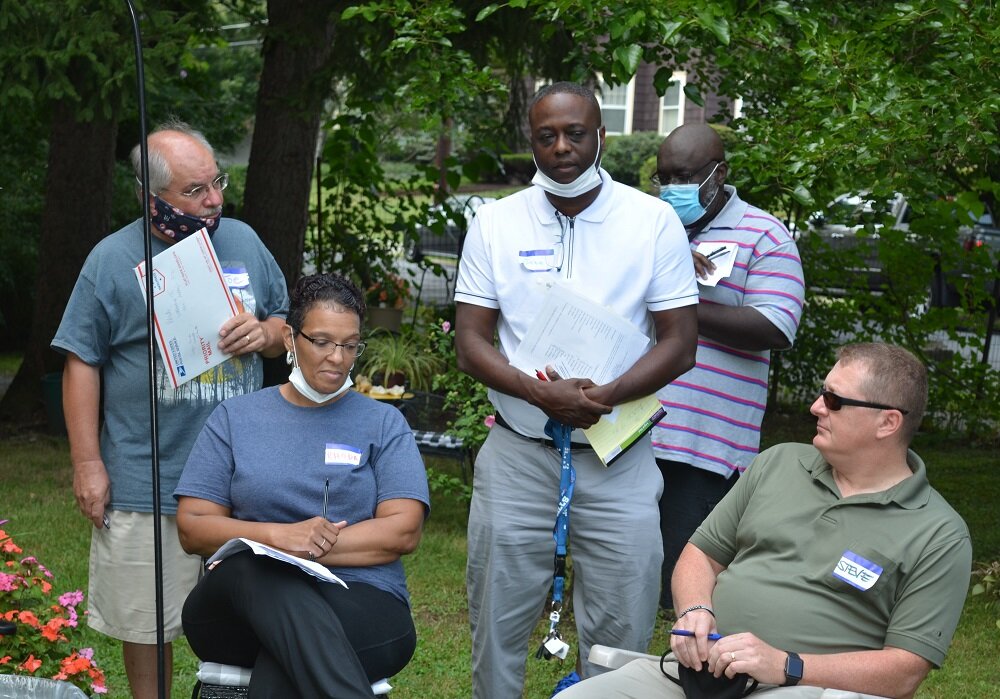
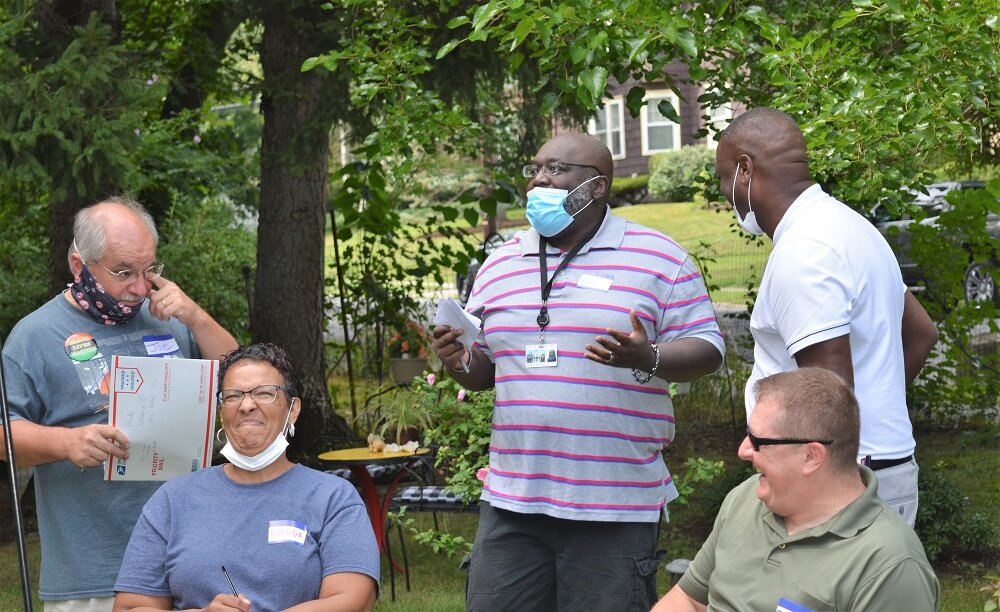
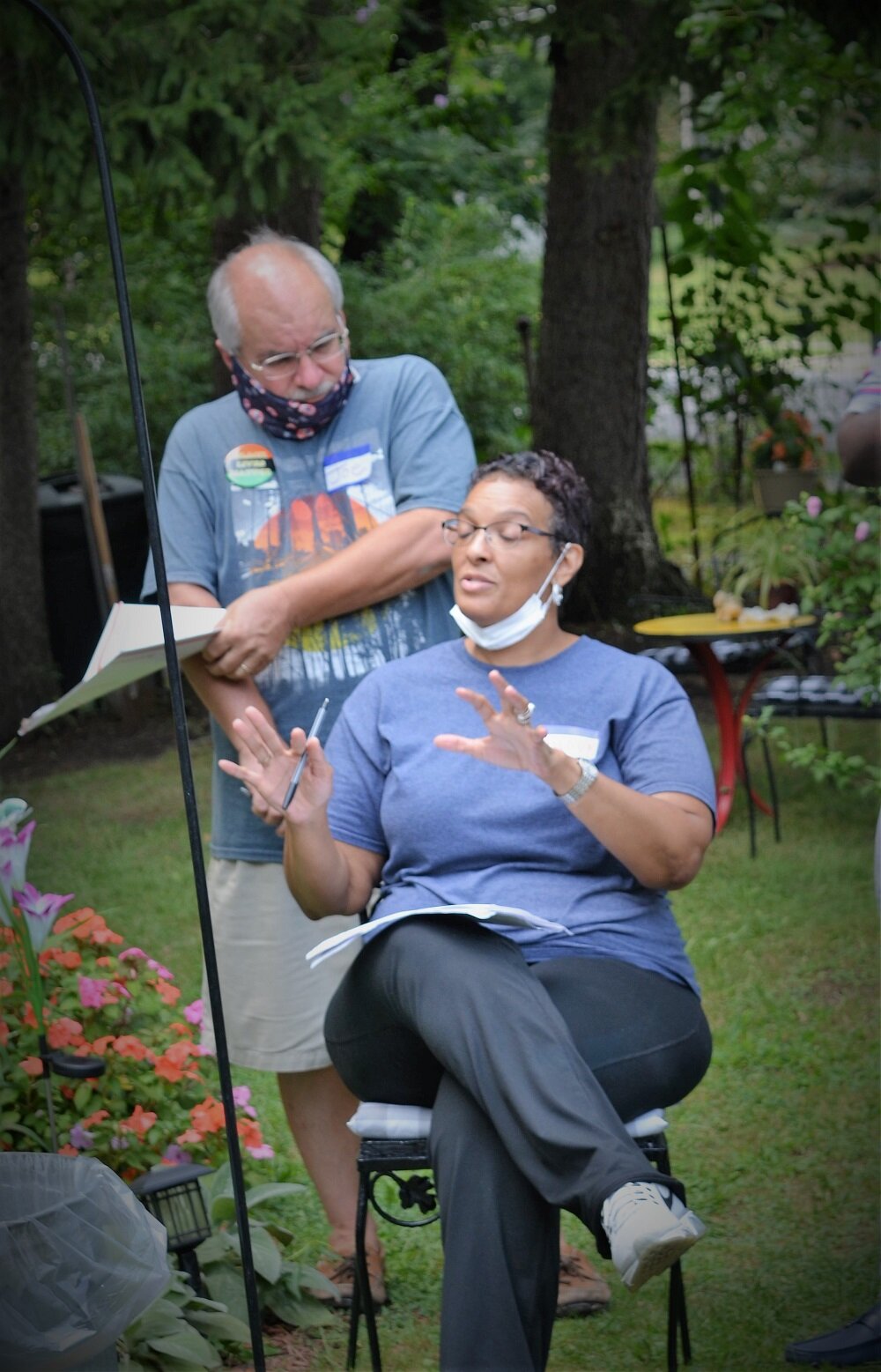






![[Left to Right] Chief Joe Morabito, Auburn Fire Department, Jack Hardy, Chair, Auburn Civil Service Commission, Deputy Chief, Roger Anthony, Auburn Police Department, and Lieutenant, James Slayton, Auburn Police Department. Photo taken at the “Conne…](https://images.squarespace-cdn.com/content/v1/5e31ab36a185506f51f4aa69/1598741709627-TIFS6PM7NLW1AQVNFHOU/Building+Bridges+BTW+12+3+2019.jpg)







